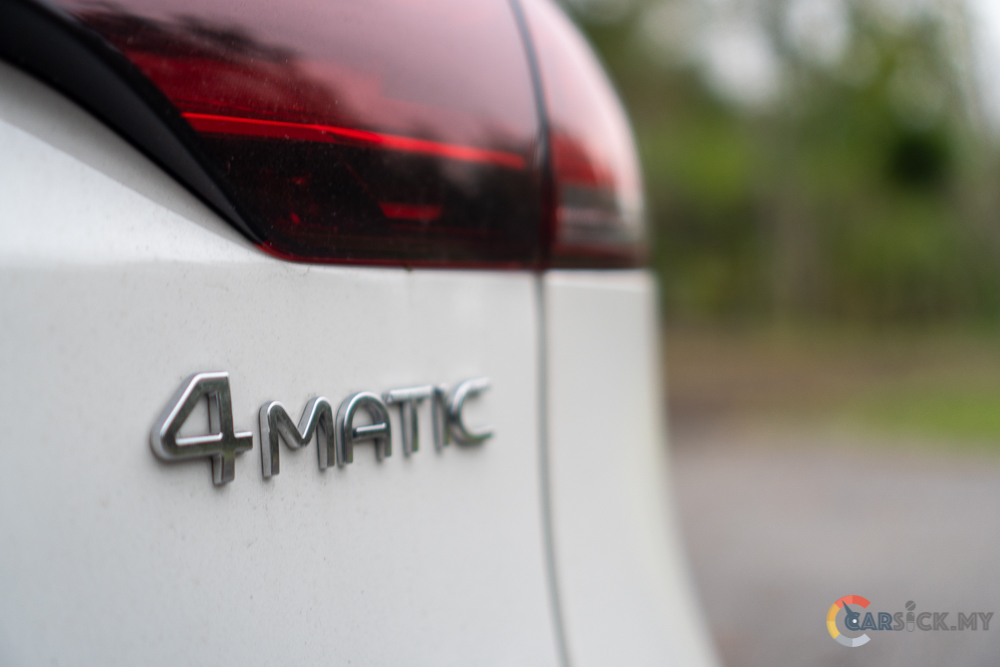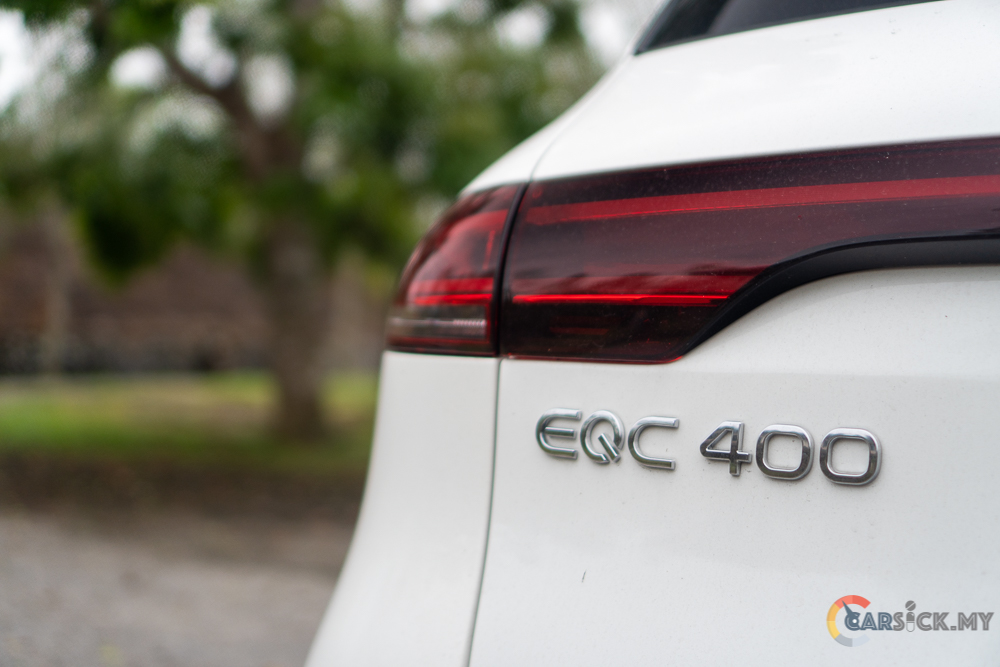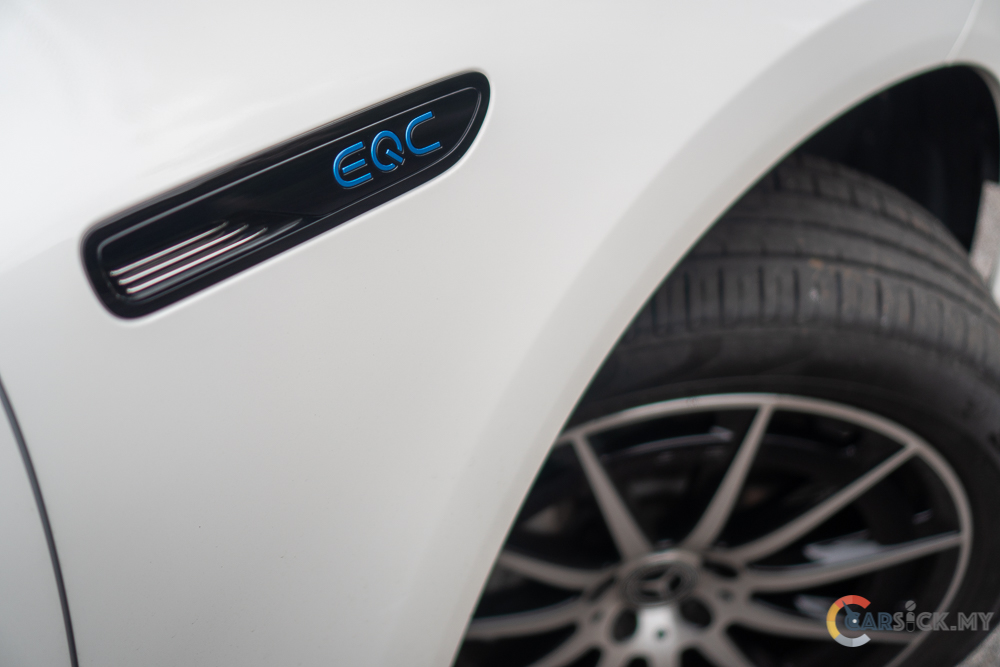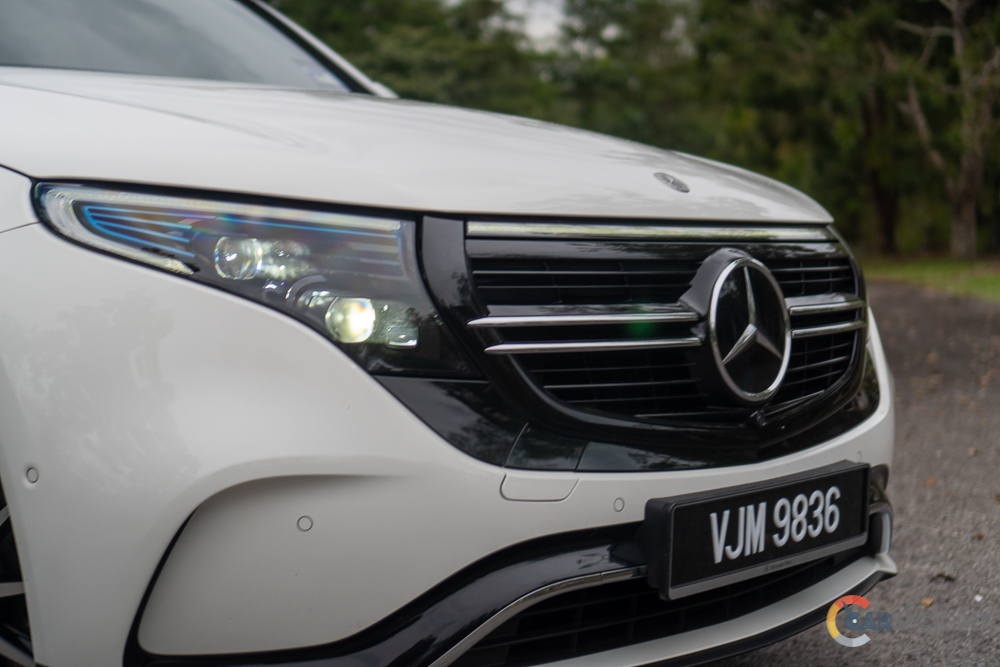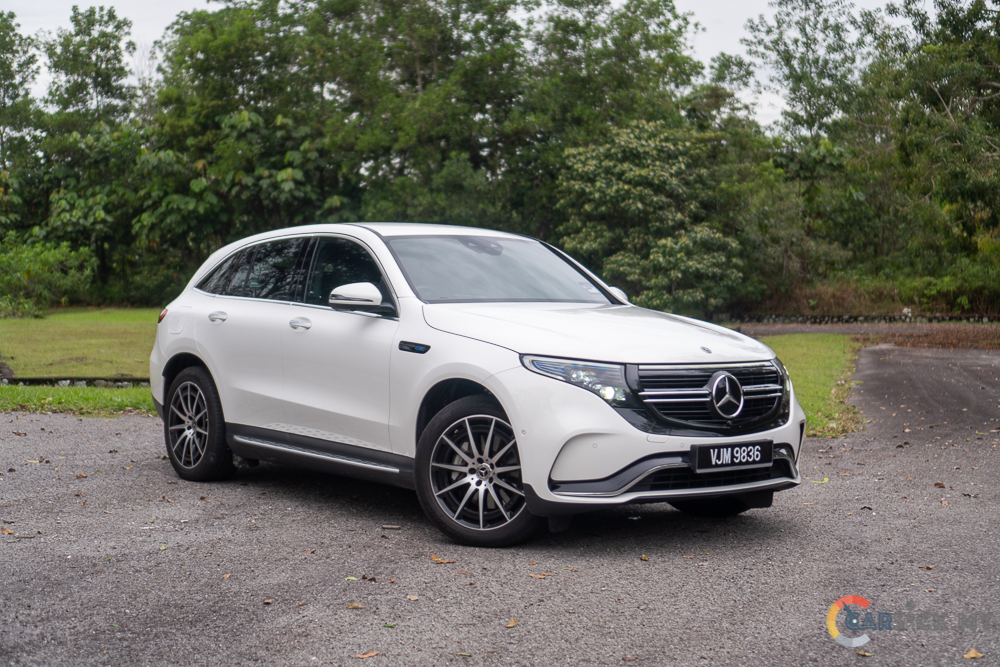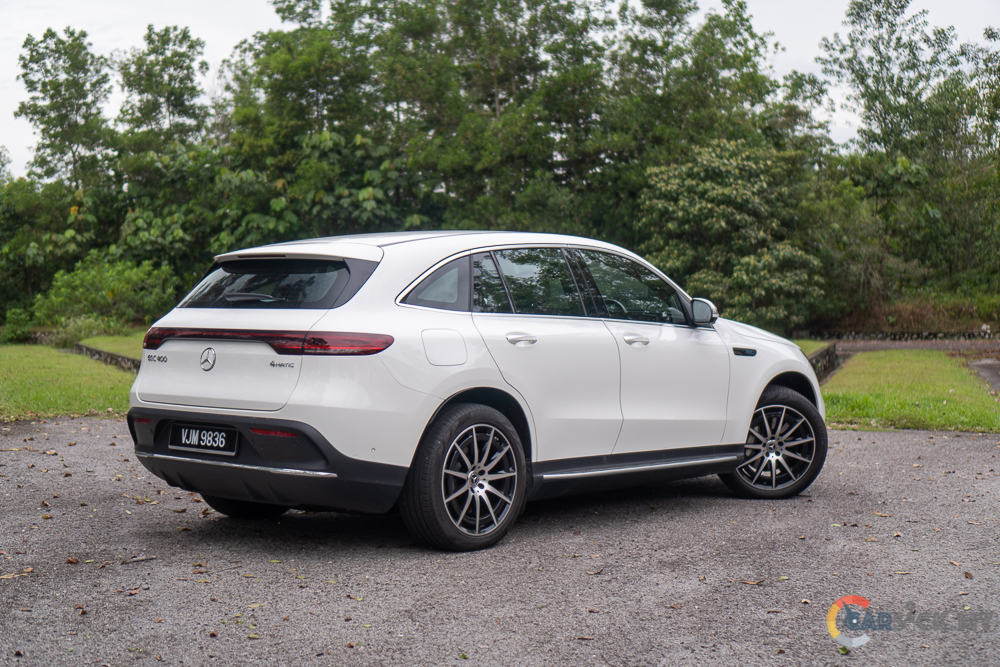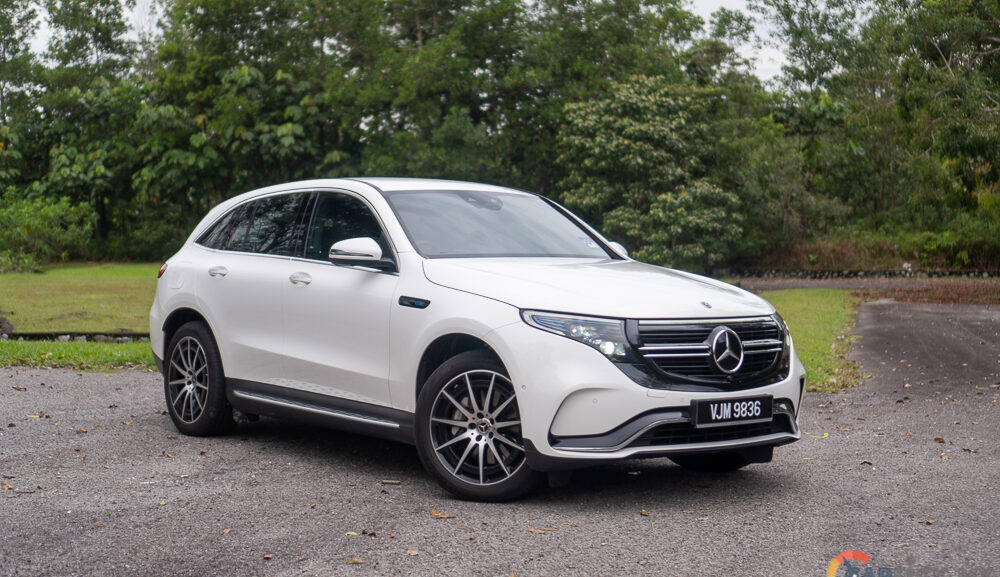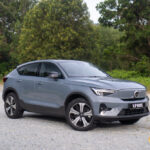In 2018, Mercedes Benz introduced their EQ series of vehicles as mainstream brands were beginning to venture into the electric vehicle market. The Mercedes Benz EQC was the first model in this series and I had the opportunity to experience it at a Mercedes Benz Malaysia event back in 2019. After a few years, the EQC 400 was made available in Malaysia by Mercedes Benz Malaysia in 2022. This time round, I will examine what it’s like to live with the EQC by taking a closer look at this vehicle.
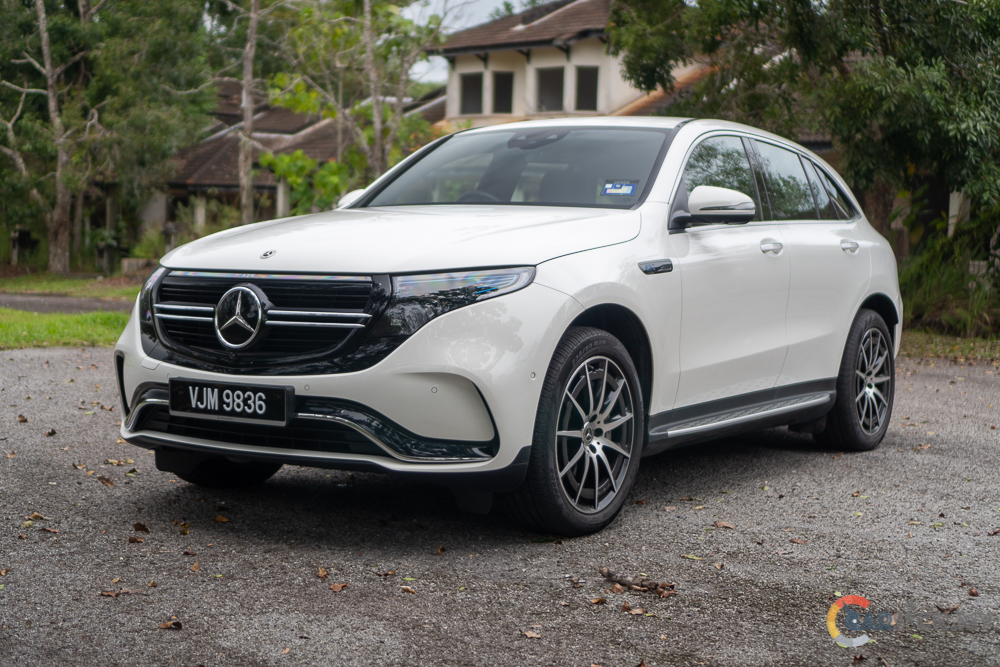
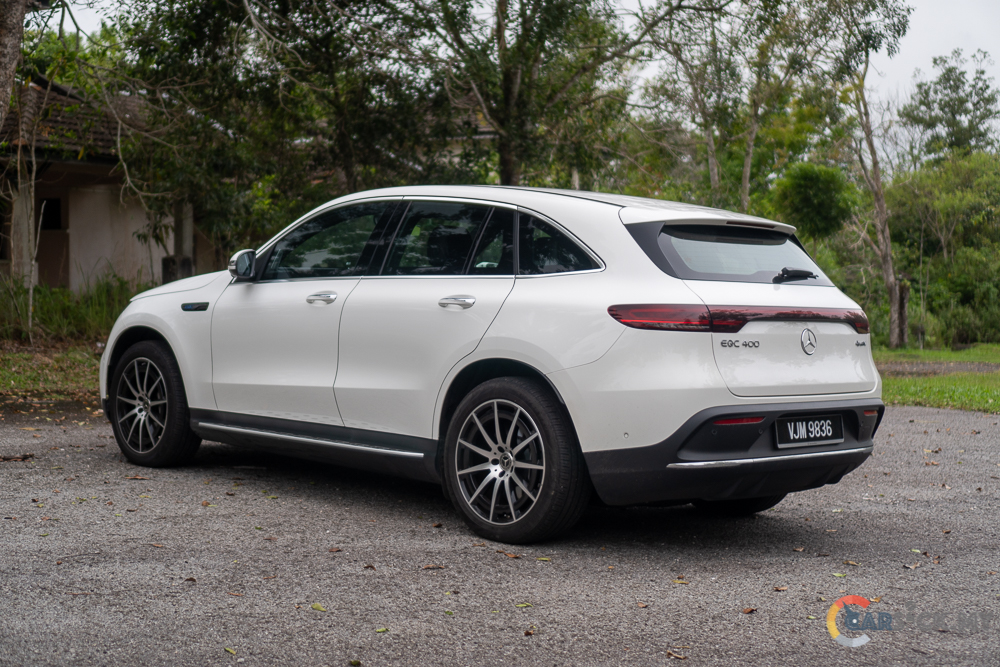 Have you ever wondered why the EQC looks so familiar? Well, that’s because it was built upon the Mercedes Benz GLC platform. However, to distinguish it as an electric vehicle, Mercedes Benz designers added some contemporary touches. The EQC’s roof line and ground clearance are lower than the GLC’s, providing the electric SUV with a more sturdy and imposing presence.
Have you ever wondered why the EQC looks so familiar? Well, that’s because it was built upon the Mercedes Benz GLC platform. However, to distinguish it as an electric vehicle, Mercedes Benz designers added some contemporary touches. The EQC’s roof line and ground clearance are lower than the GLC’s, providing the electric SUV with a more sturdy and imposing presence. 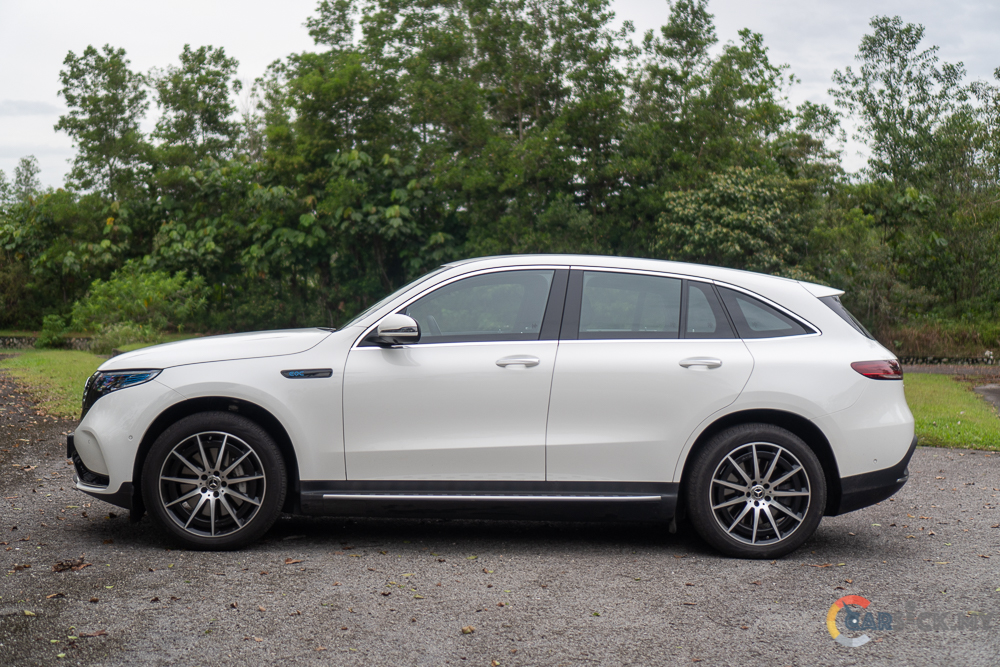
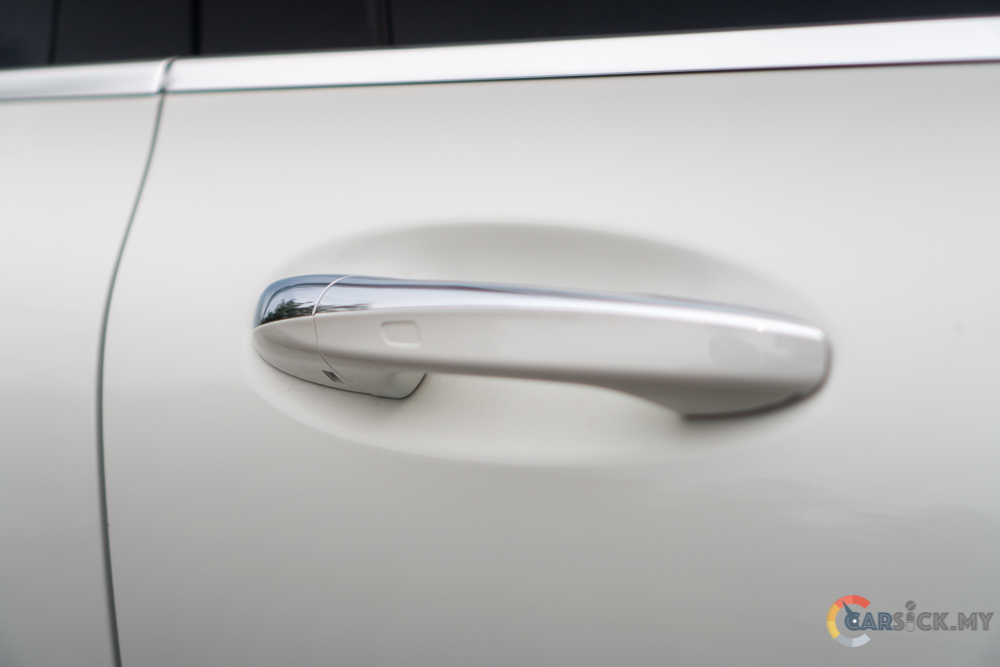
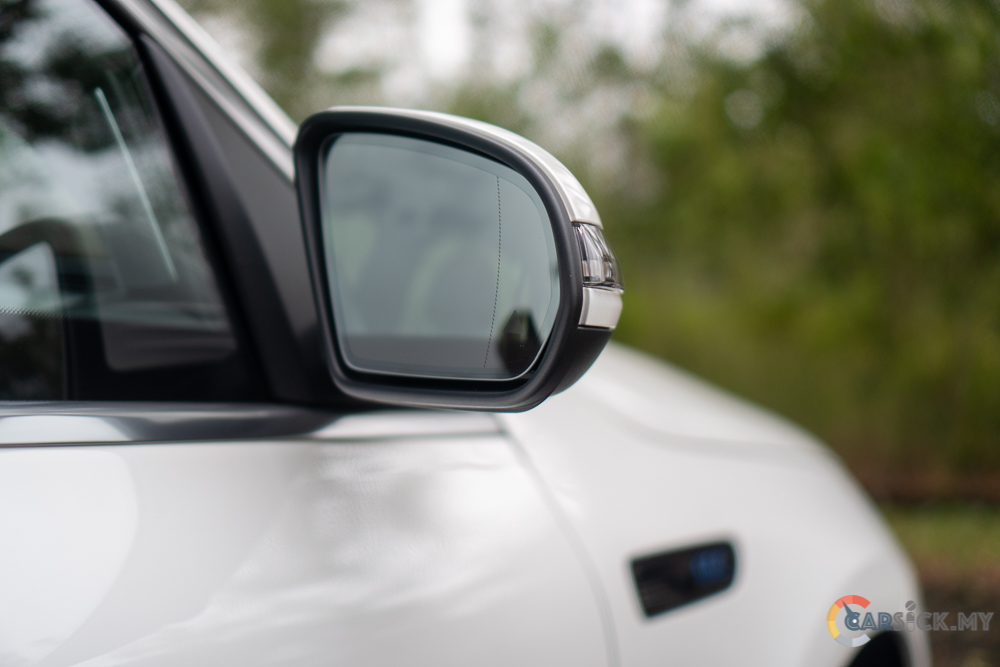
To make the EQC stand out, this SUV boasts several distinctive features that set it apart from the GLC. Notably, a blue EQC emblem on the side of the car signals the presence of its electric powertrain. This blue hue is also reflected in the revamped headlights, giving the EQC a unique appearance that stands out from the GLC. The front grille has been replaced with a black plastic panel that creates a seamless surface, aiding in aerodynamics. Additionally, a light bar sits atop the artificial grille, connecting the headlights. 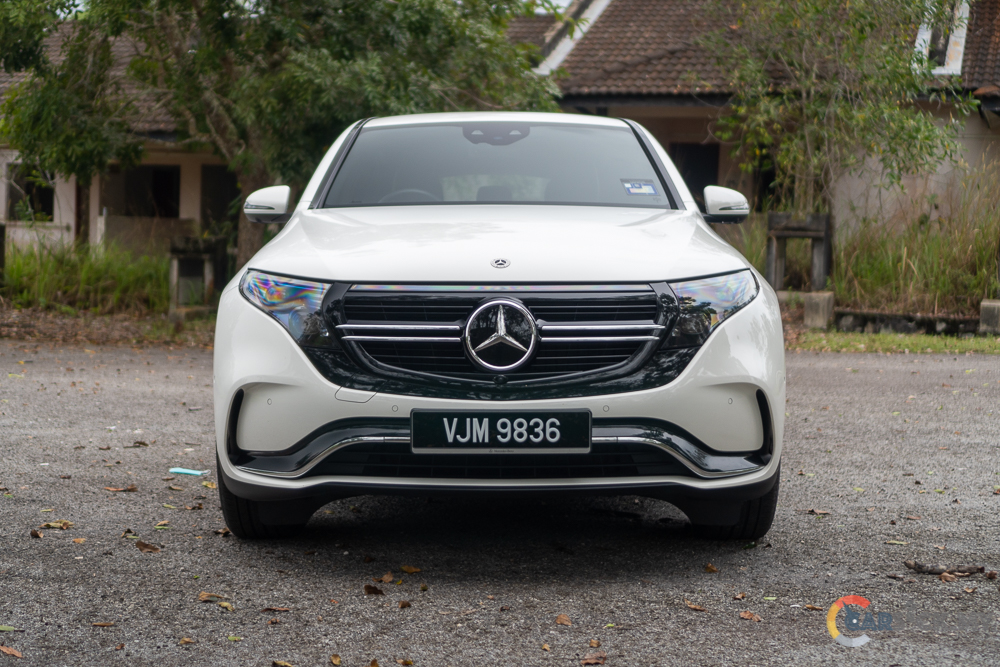
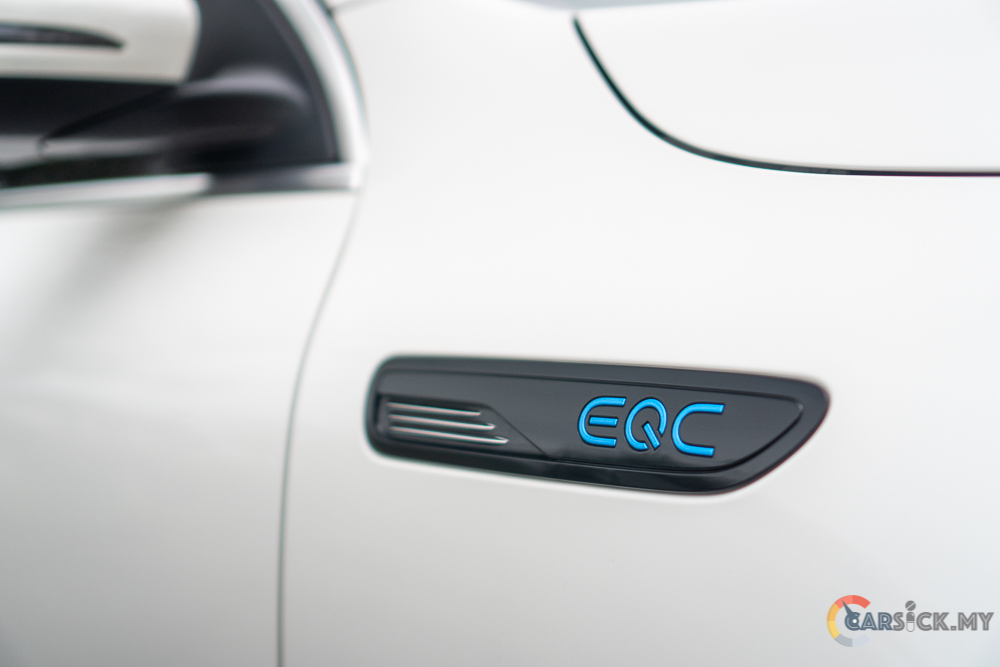
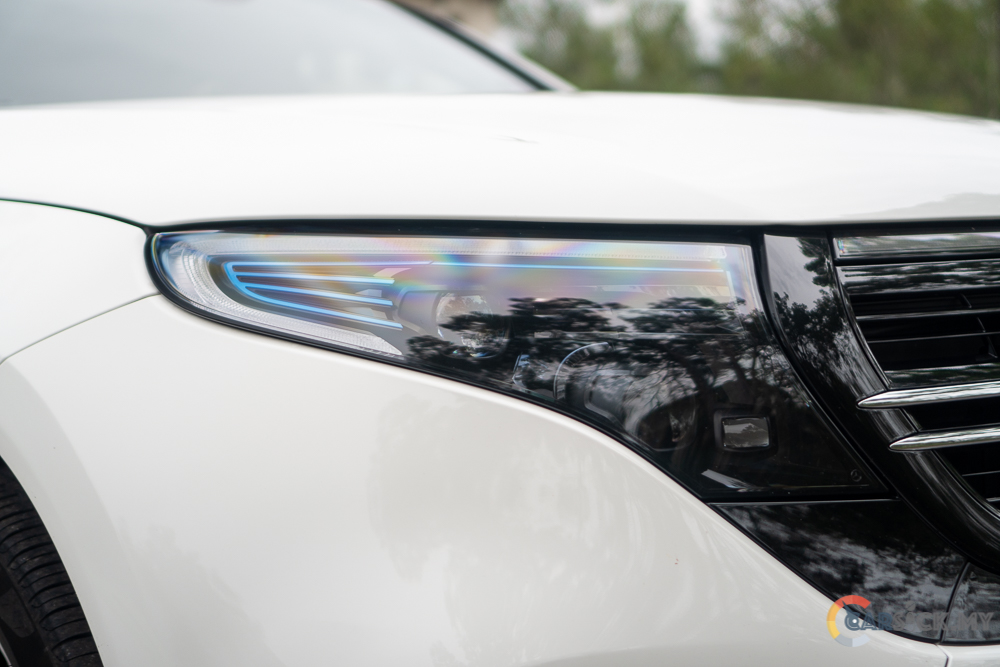
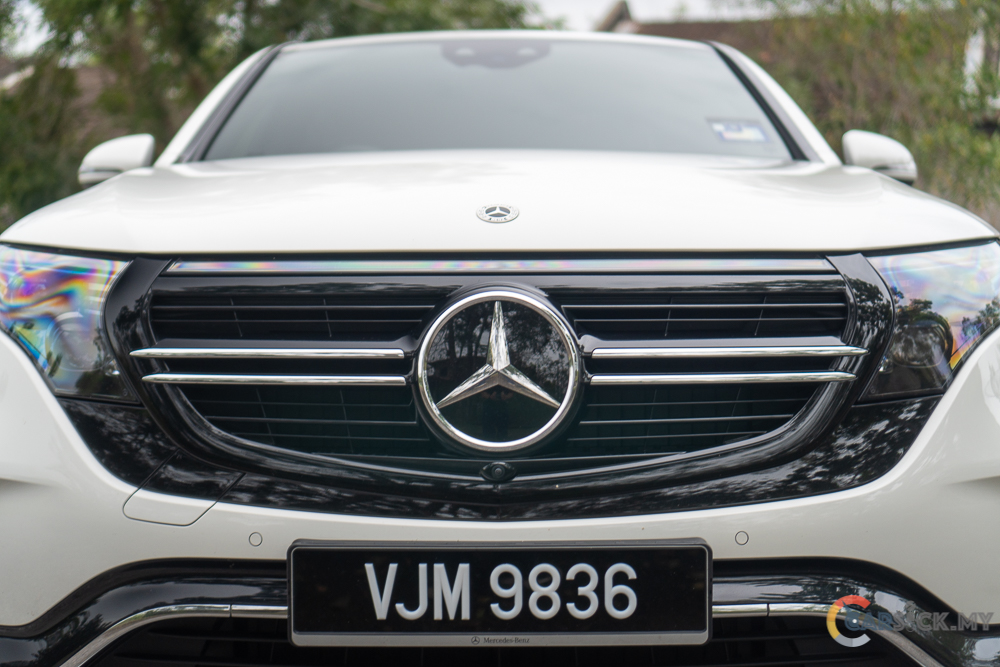
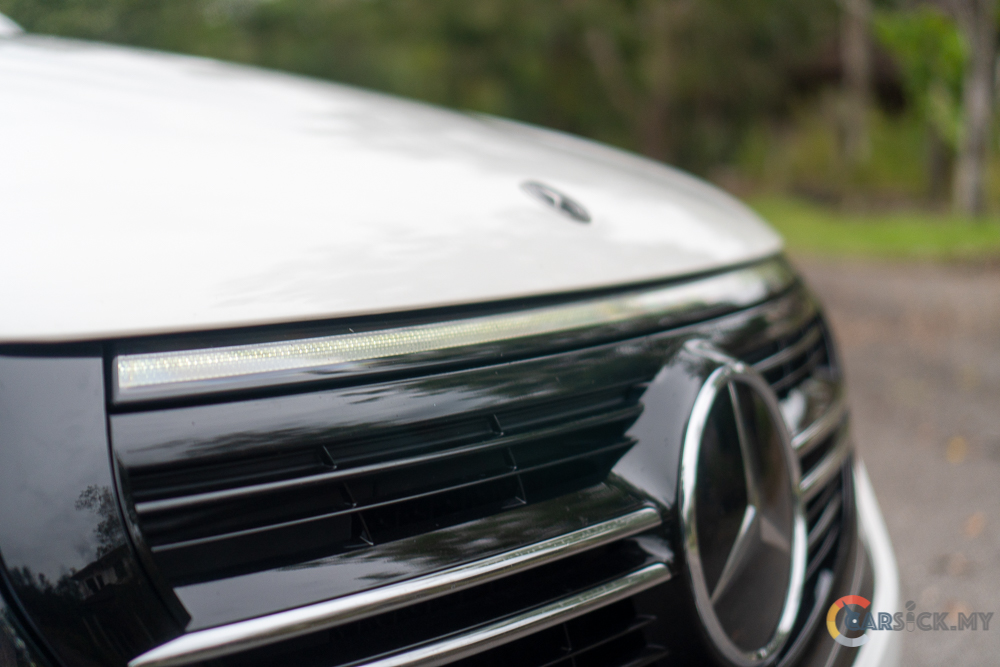
At the back, the taillights of the EQC differ from the GLC, appearing slimmer and more futuristic at the rear. They also feature a light bar that connects the taillights. While the EQC includes side steps to facilitate entry into the vehicle, they proved unnecessary due to the car’s low height. Exiting the vehicle using the side step can be inconvenient, as it can soil one’s pants leg. The EQC is equipped with 20-inch rims that help reduce drag around the wheel well and are fitted with 235/50 R20 tyres upfront and 255/45 R20 tyres at the rear to complete its aesthetic. 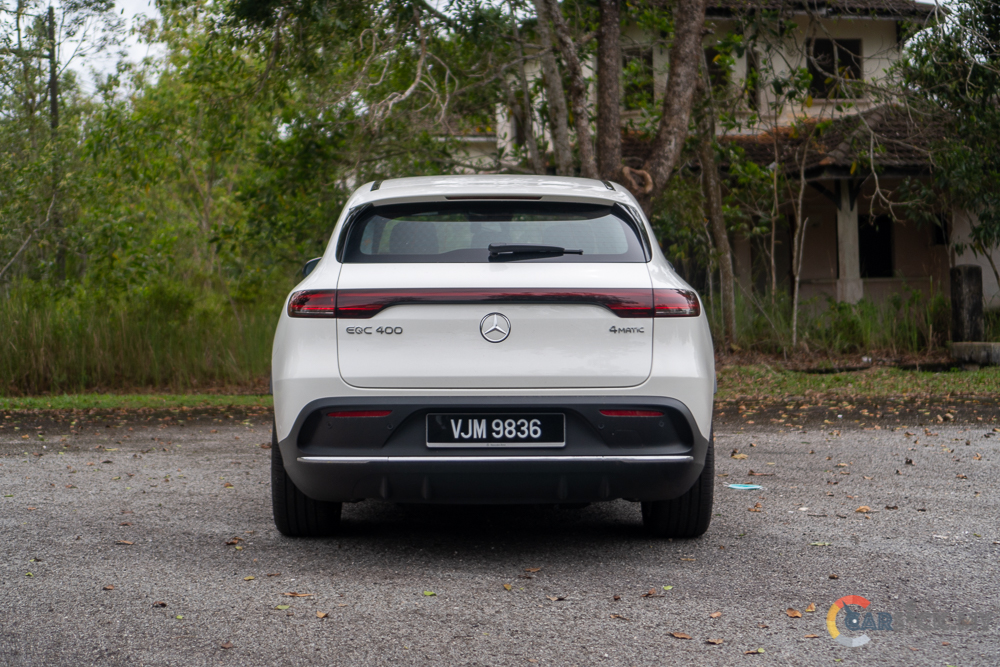
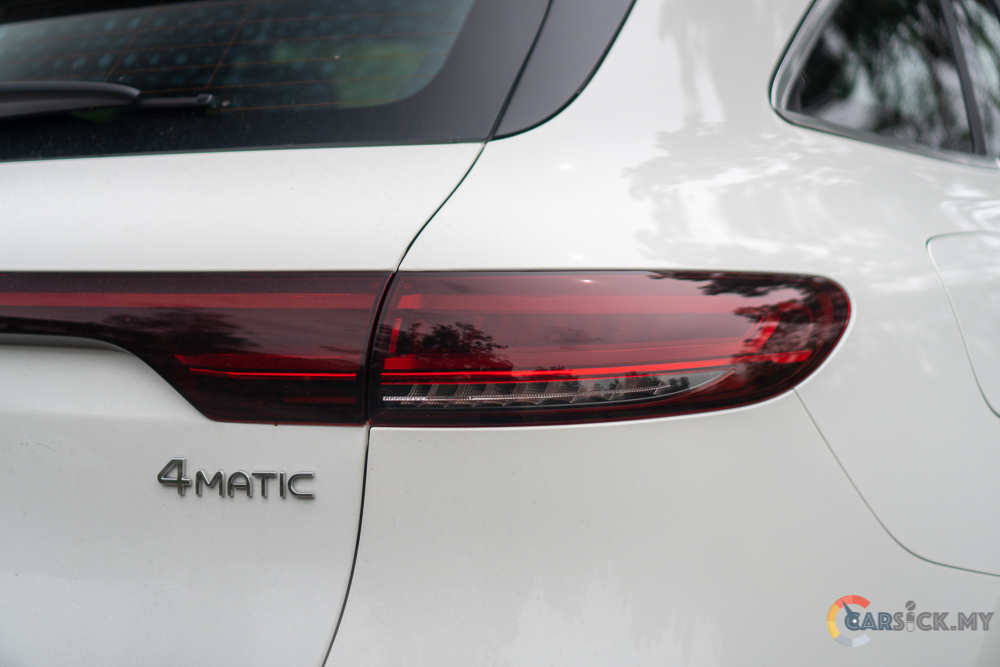
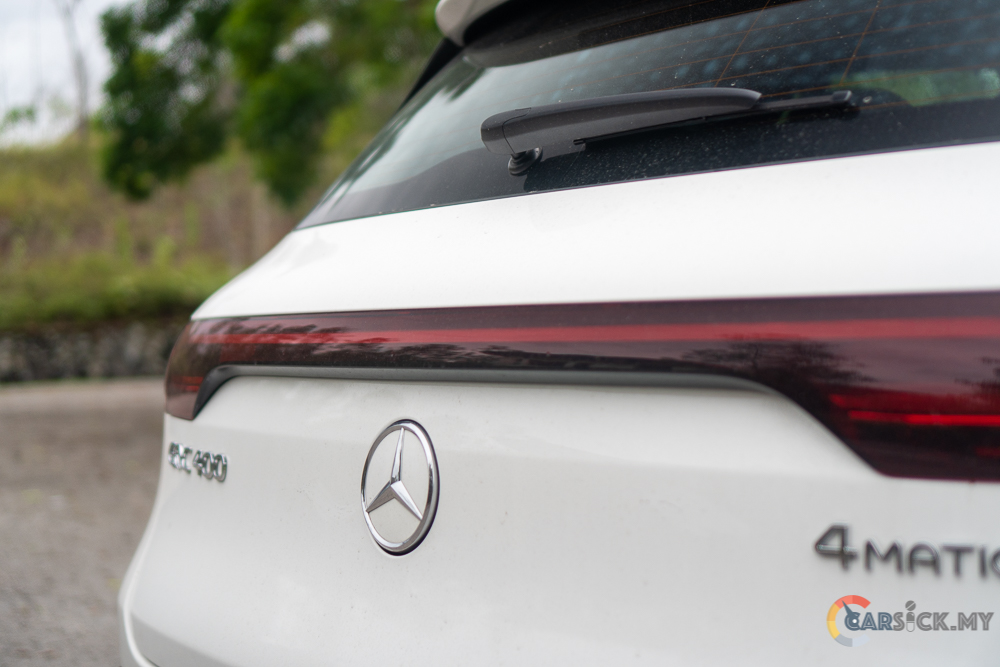
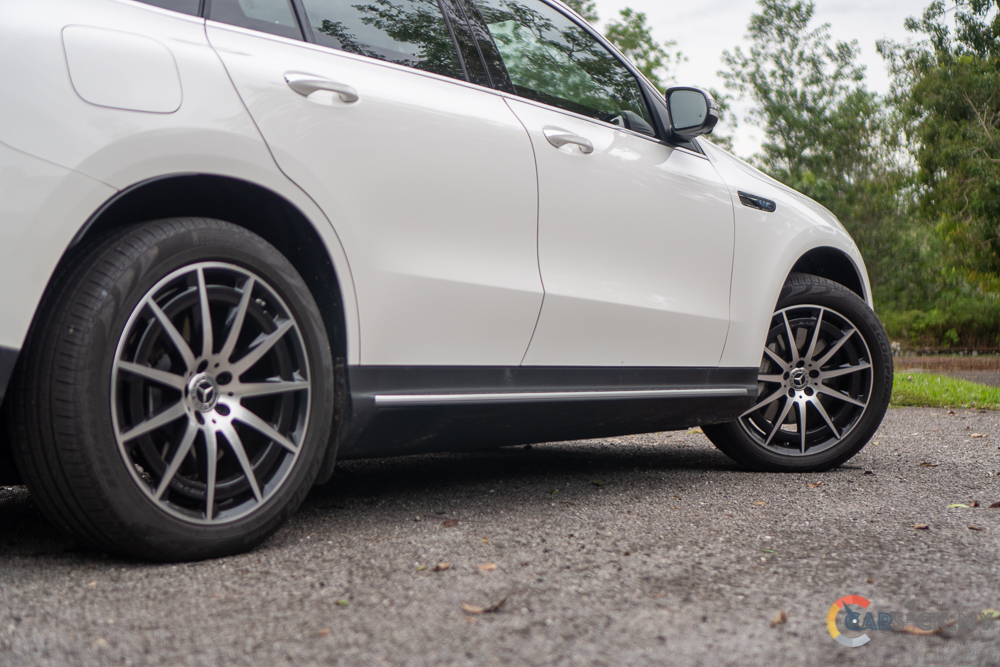
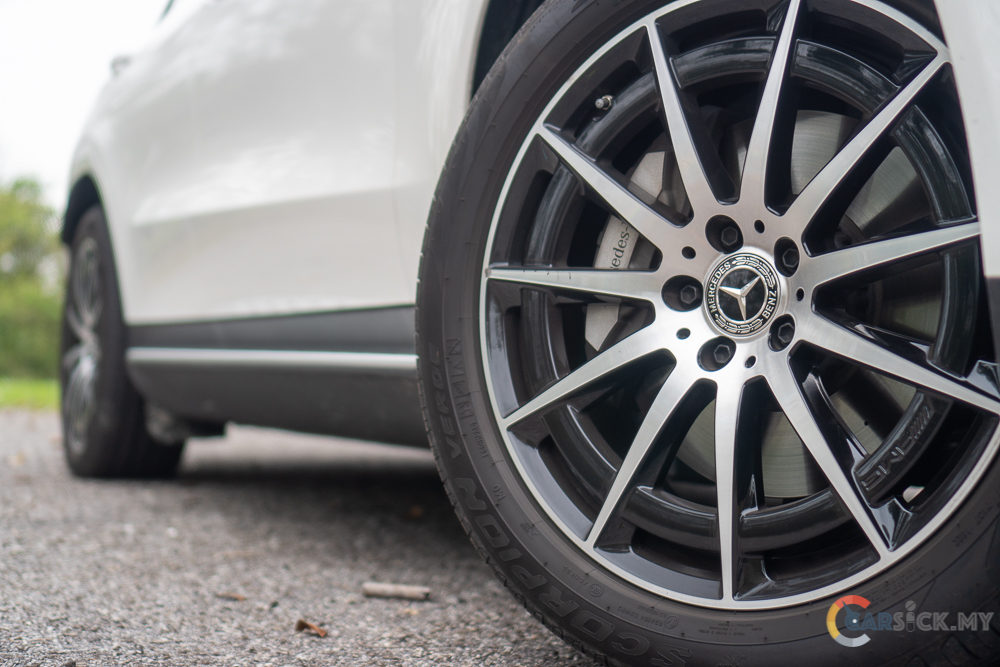
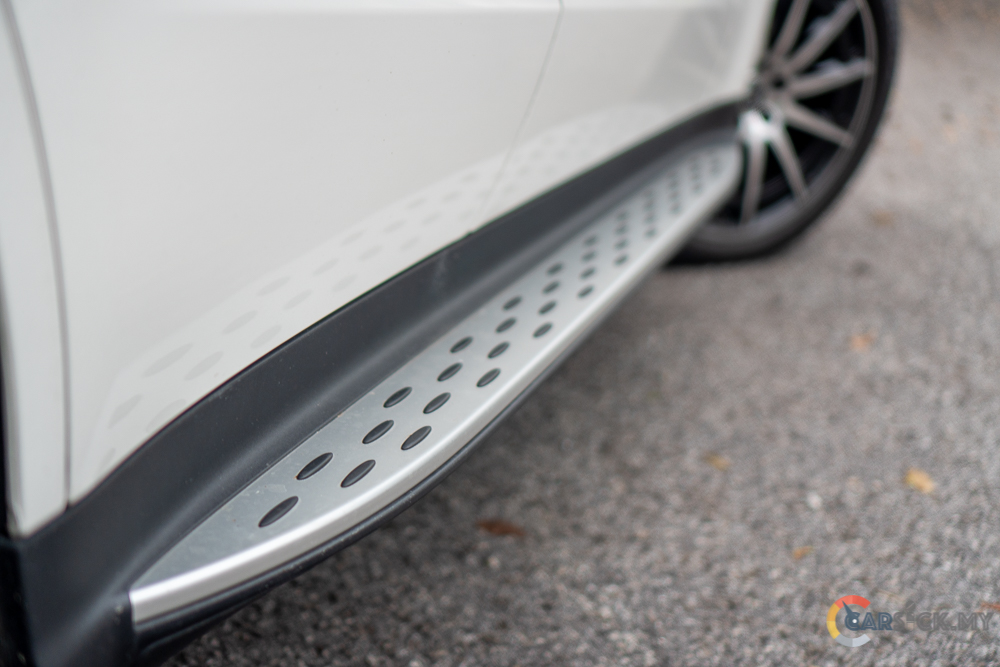
As you step on board the EQC, you’ll notice that the interior bears a closer resemblance to the A-class than the GLC. Mercedes Benz’s designers have given the interior a modern makeover, deviating from the conventional GLC dashboard. The EQC boasts bronze color highlights around the dashboard that distinguish it from the GLC. Additionally, the AC vents have undergone an upgrade to complement the new dashboard’s appearance. To bridge the gap between the old and new dashboards’ heights, a corrugated trim has been elegantly fitted by Mercedes Benz’s designers. 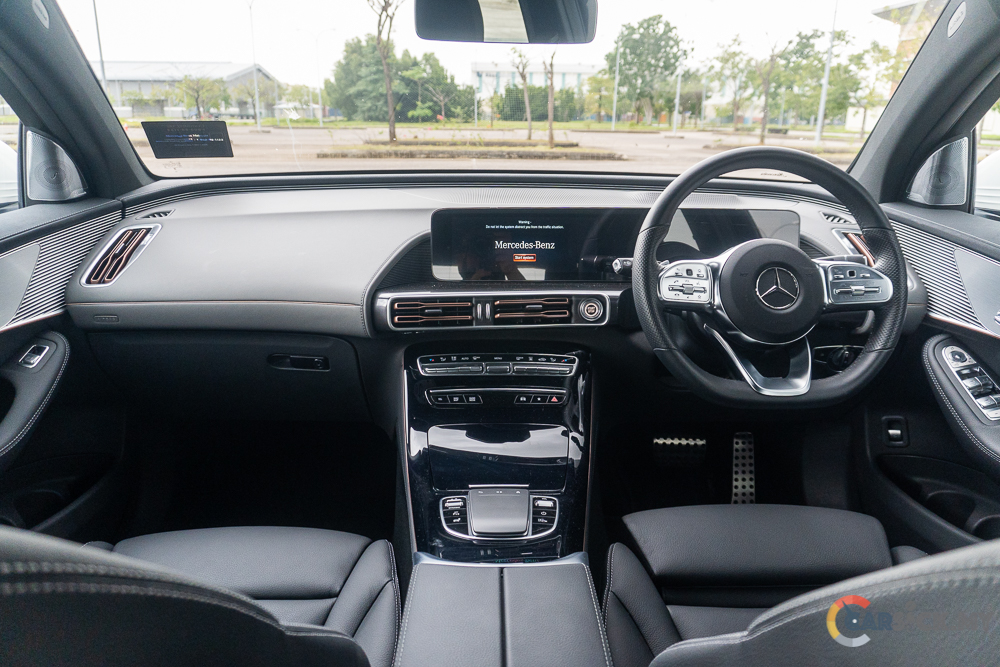
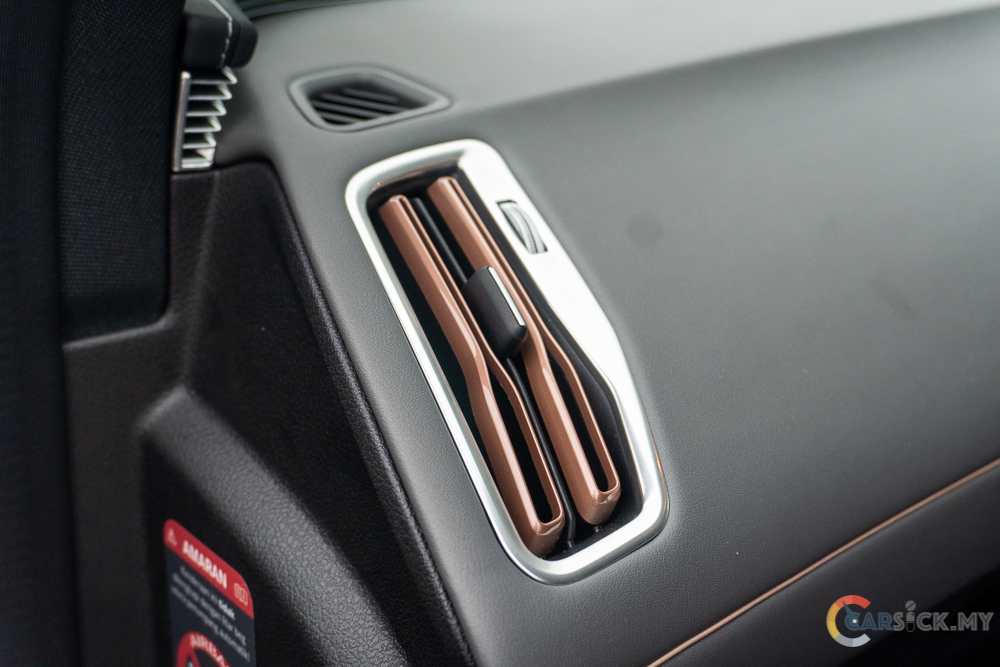
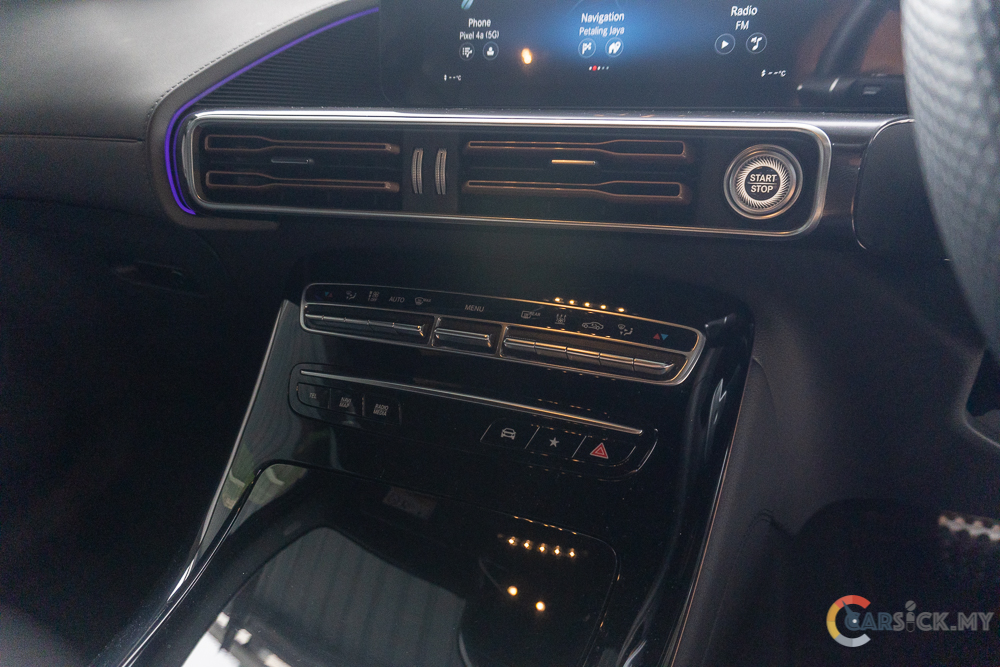
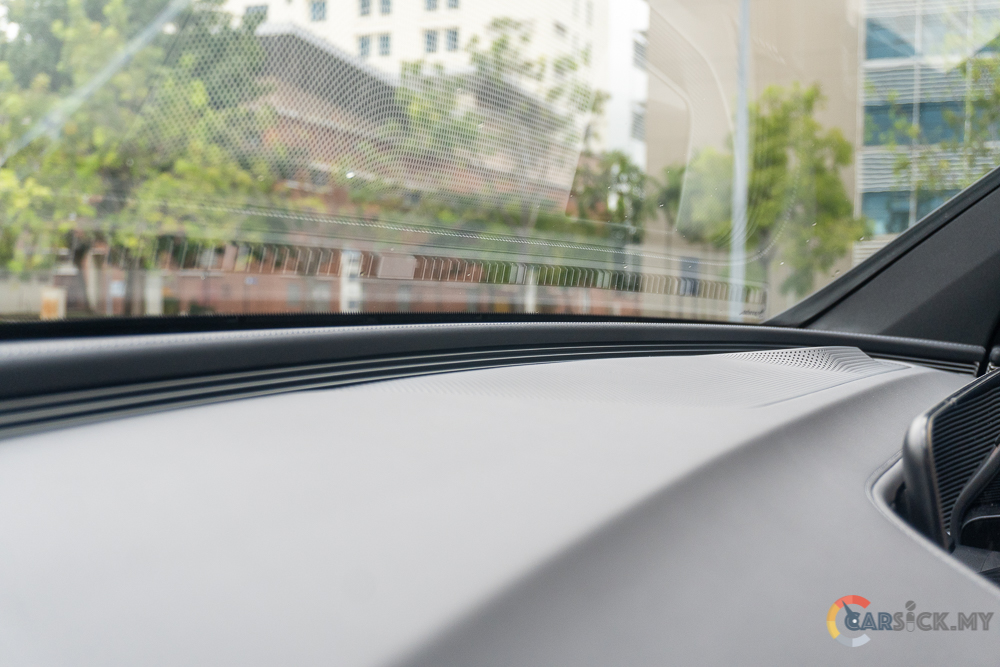
The EQC shares the same instrument cluster and infotainment screen as the A-class vehicles, but it also boasts a heads-up display. This display, which is identical to the one found in the A35, is connected to the navigation system through Android Auto and projects the information onto the windshield. Additionally, the EQC is equipped with the high-end Burmester premium sound system, which produces impressive audio quality for a vehicle that is already remarkably quiet. 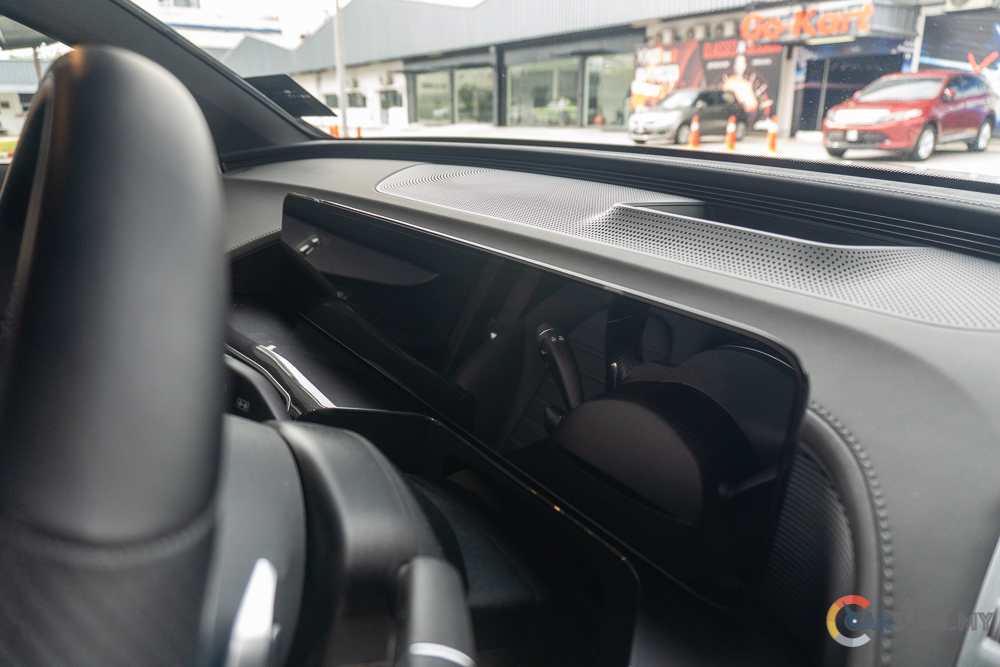
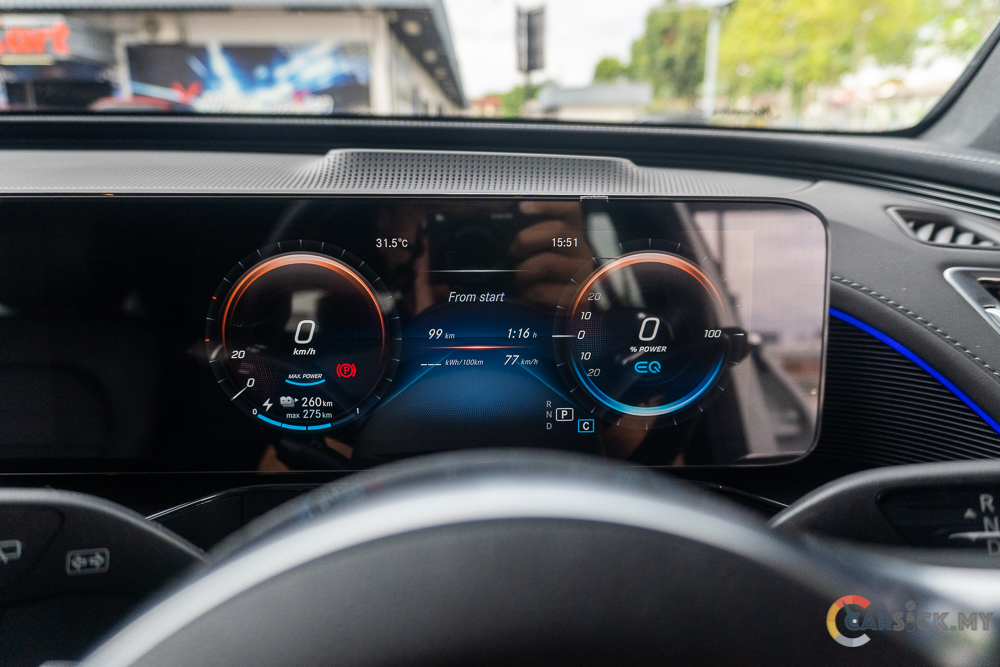
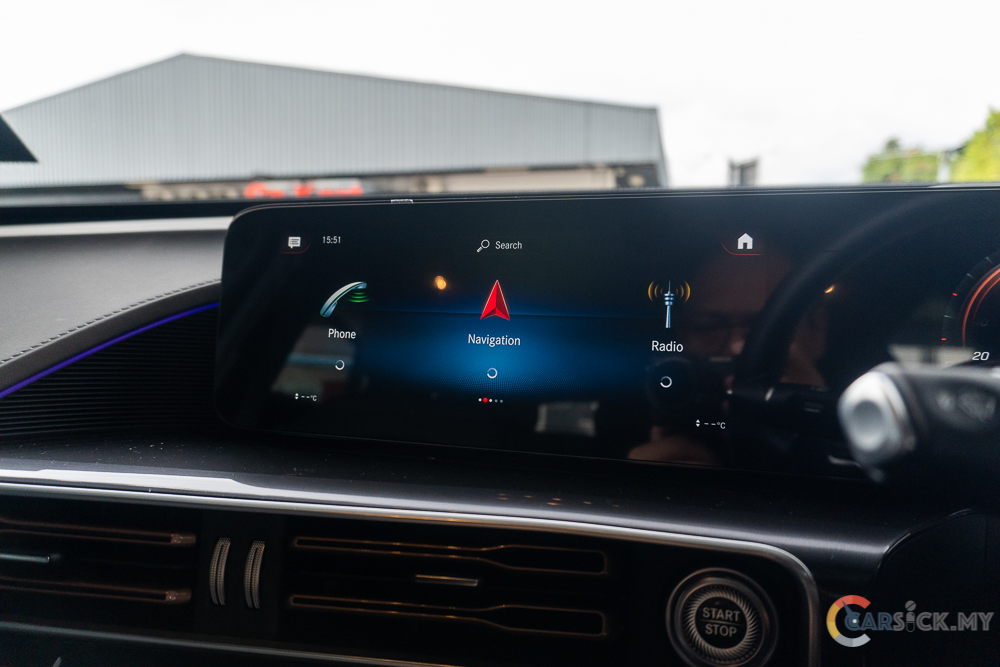
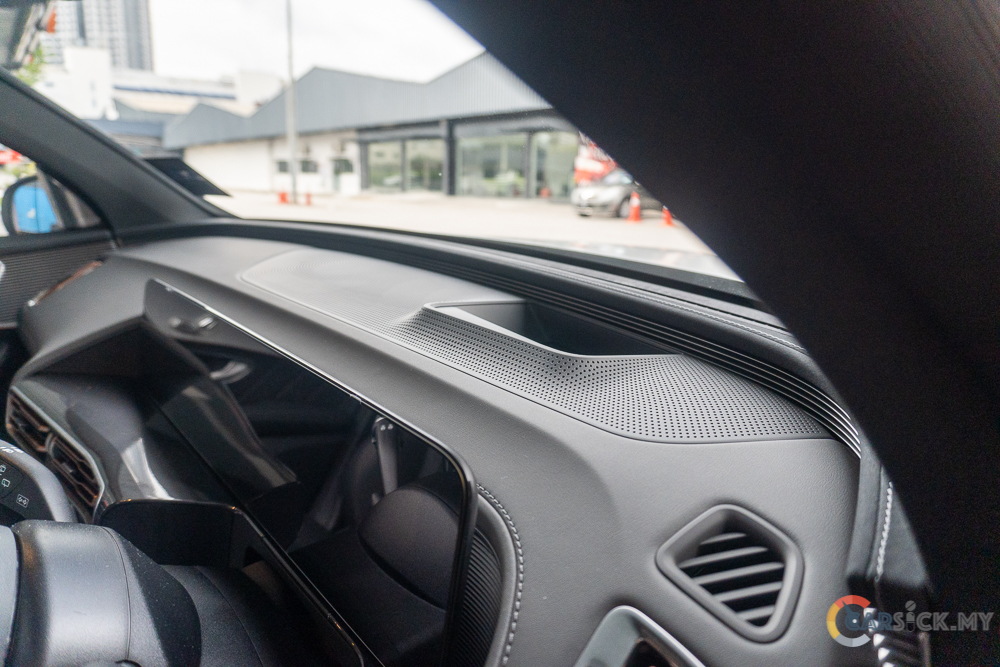
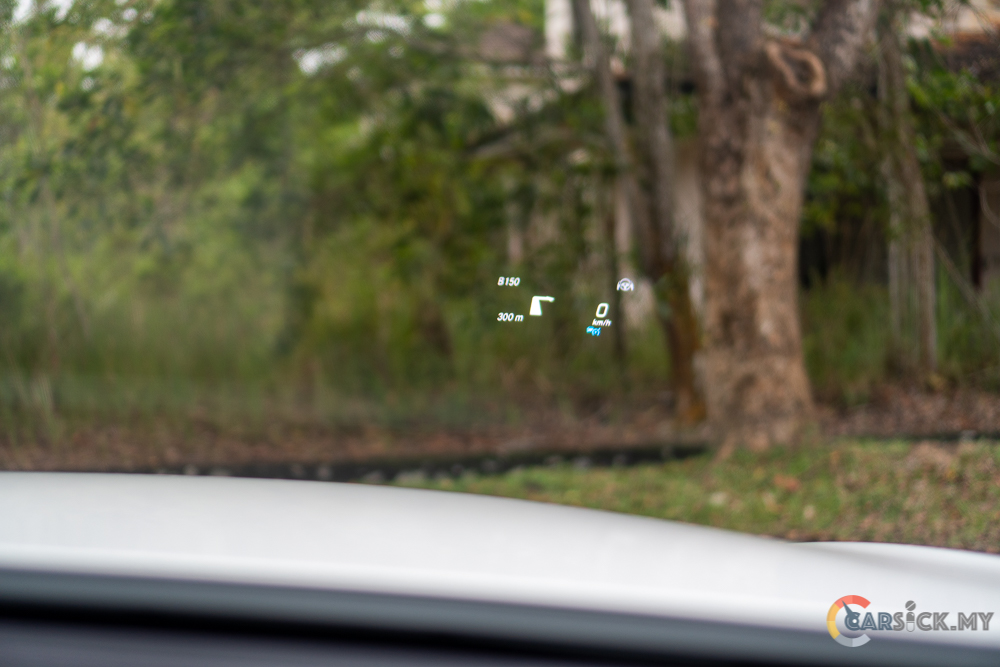
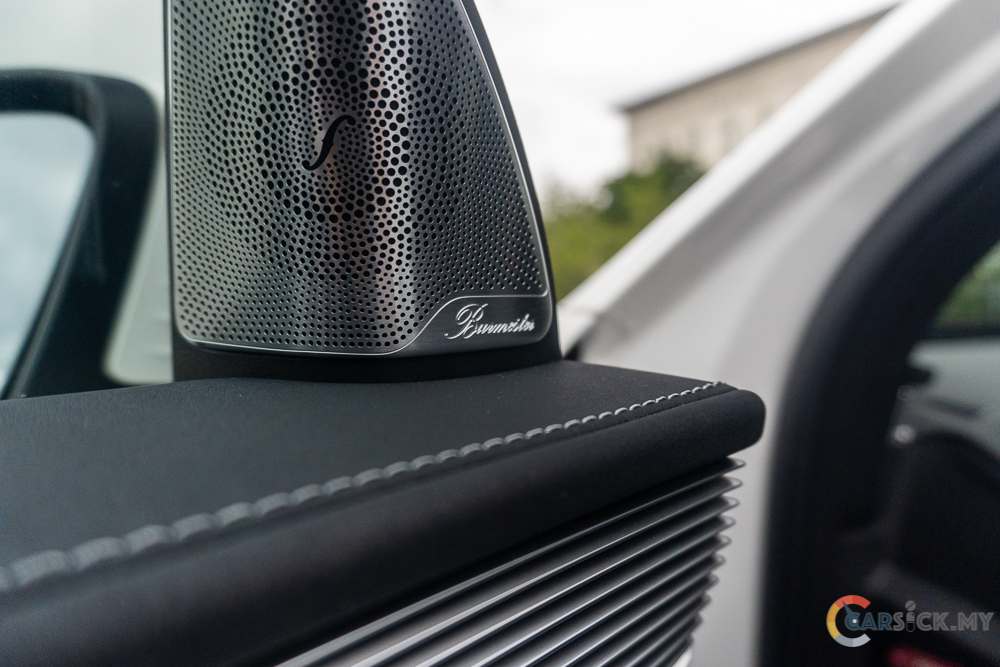
As I settle into the driver’s seat, I quickly find a comfortable position. The EQC’s driving position is noticeably sportier than the C40’s, which I personally prefer. However, due to the EQC’s SUV stature, I still sit relatively high up. The steering wheel is borrowed from the GLC, featuring physical buttons that prevent any accidental pressing. The wheel itself feels satisfyingly chunky in my hands, making for a pleasant driving experience. 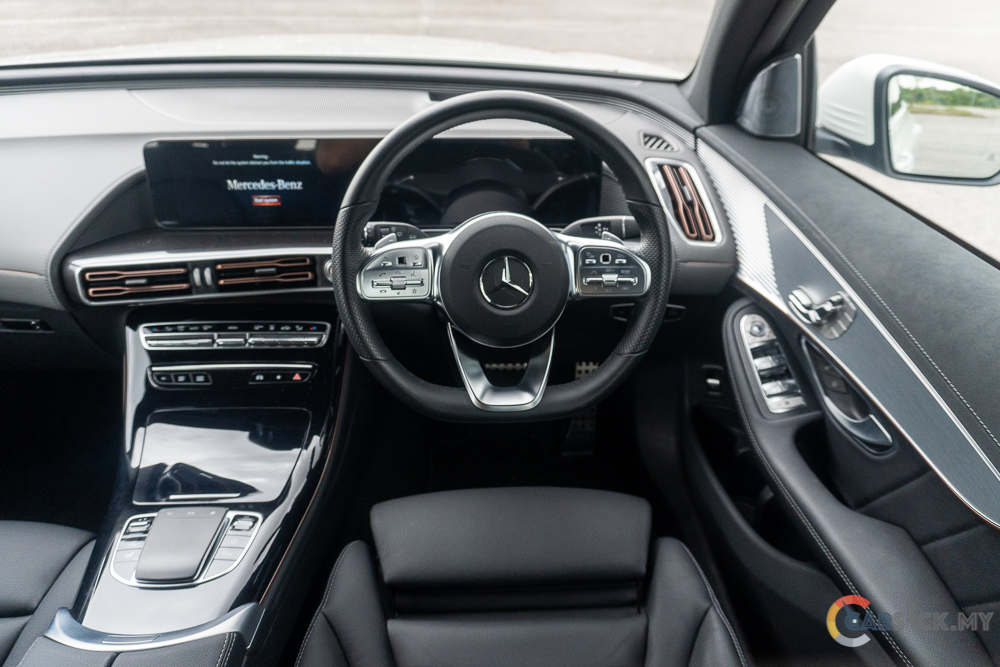
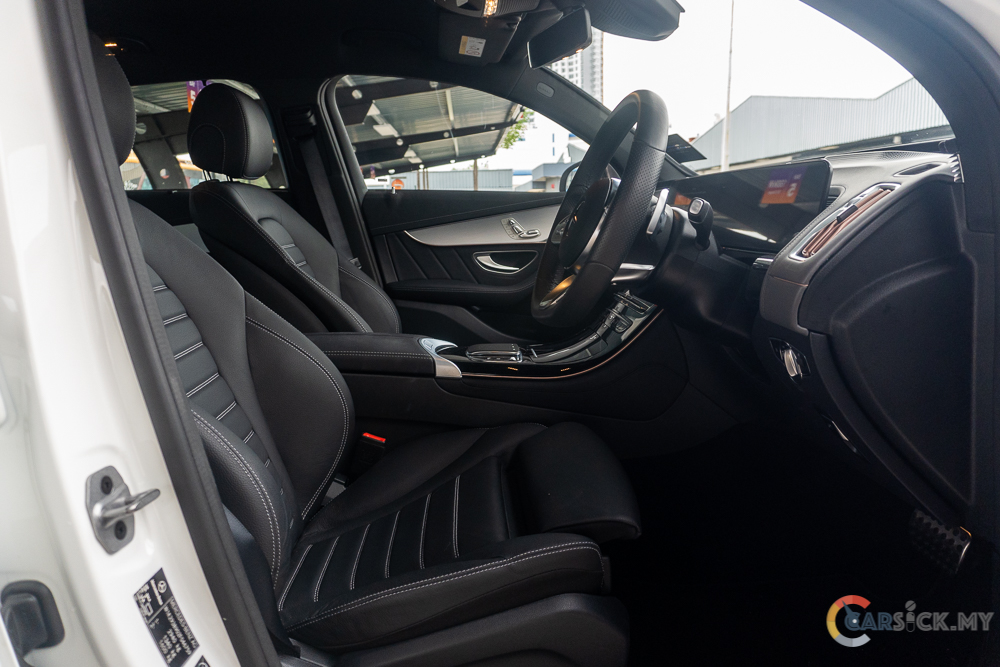
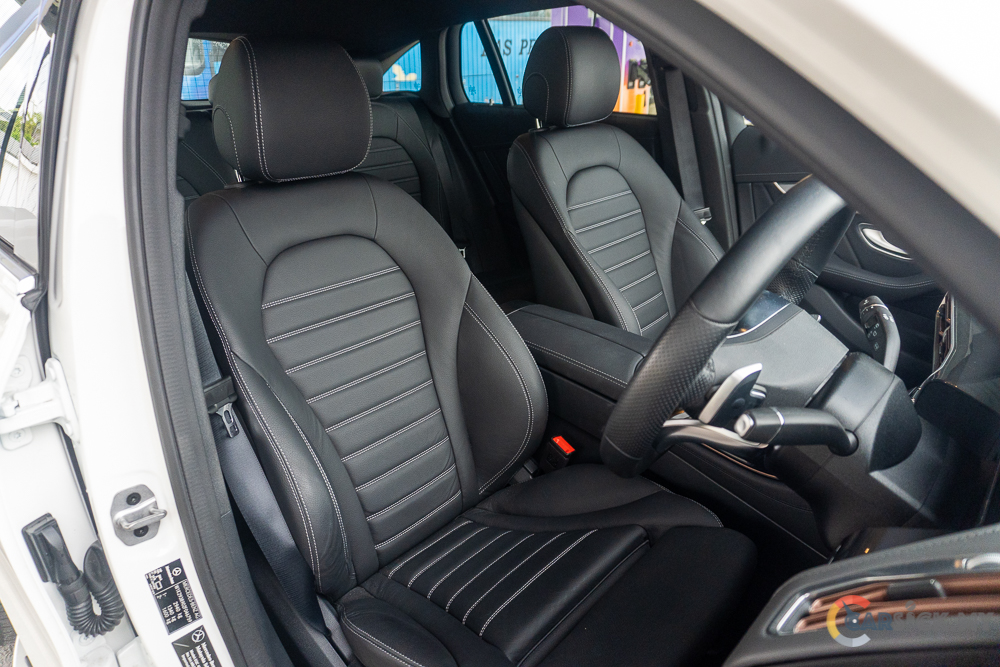
In the back seats, the EQC offers ample comfort for rear passengers. Compared to the C40, the seat bench is noticeably more spacious, allowing for a comfortable reclining angle that facilitates long journeys. The backseat passengers also benefit from AC vents and sufficient legroom that remains uncompromised by the EV batteries. However, the EQC’s design, which is based on the GLC, includes a central tunnel that reduces legroom for the middle passenger. Behind the rear seats, the EQC comes with a sizable 495L boot space, which can be further expanded by folding down the seats to accommodate more luggage. 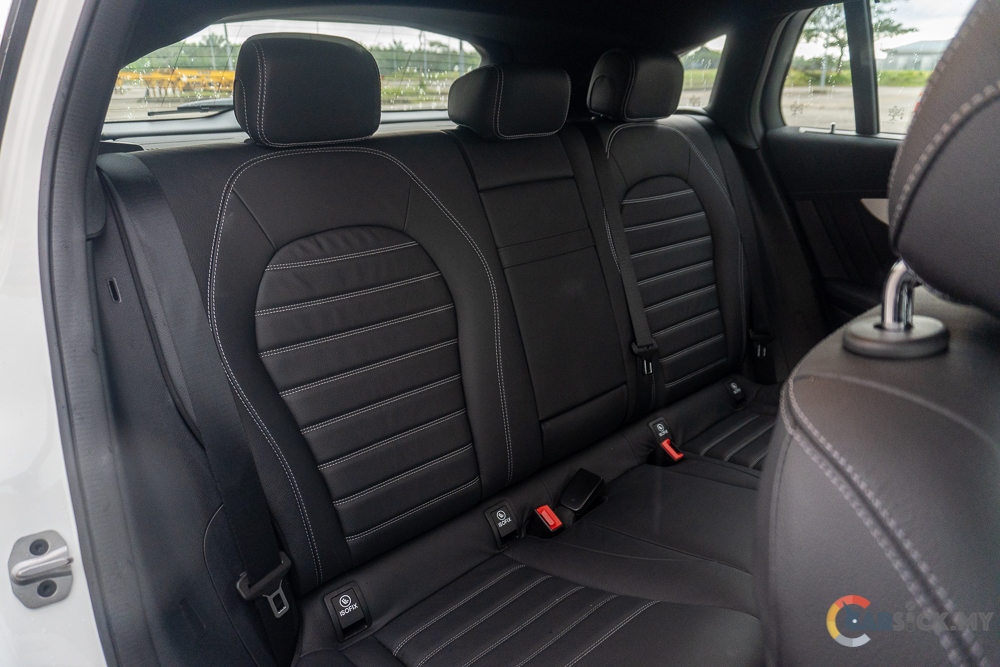
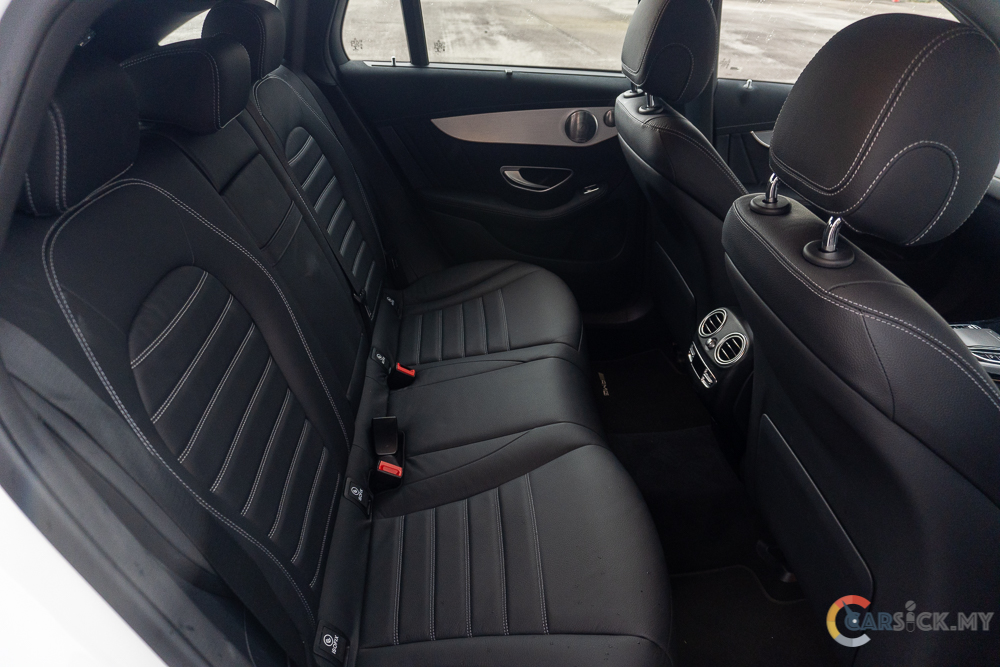
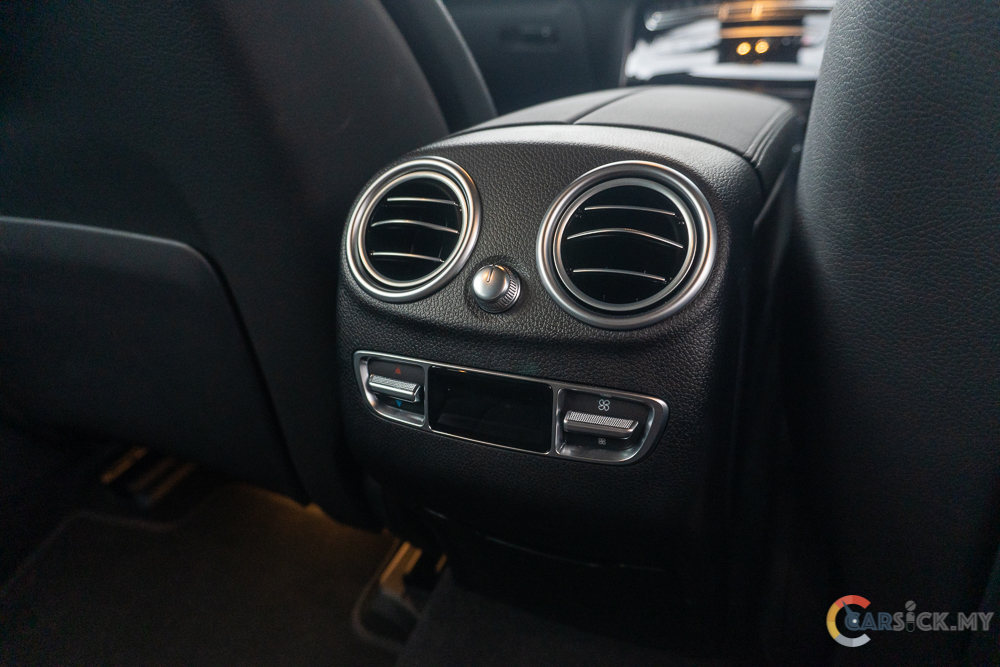
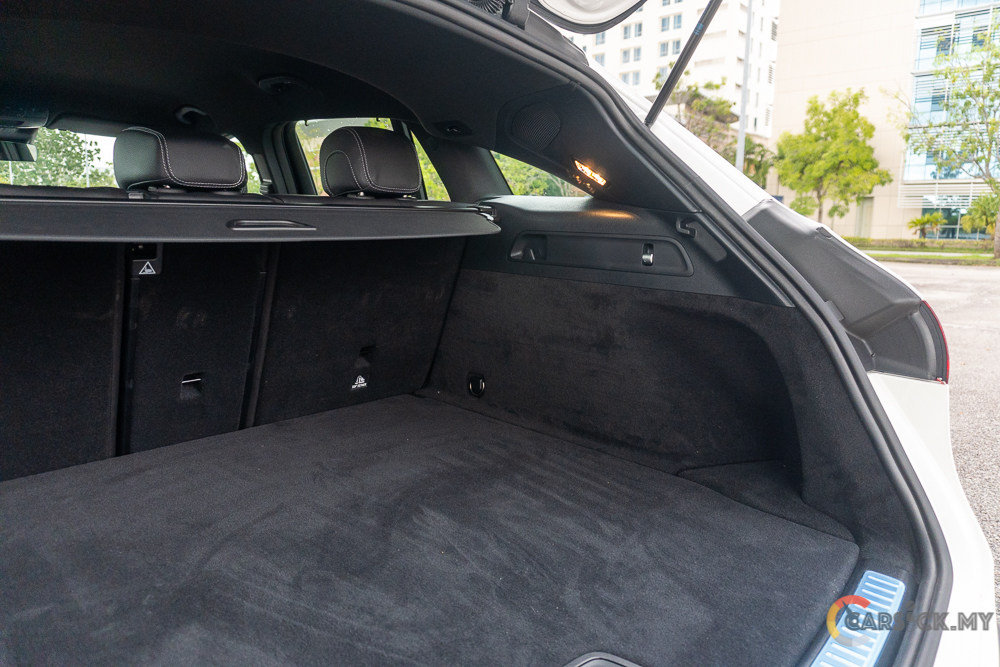
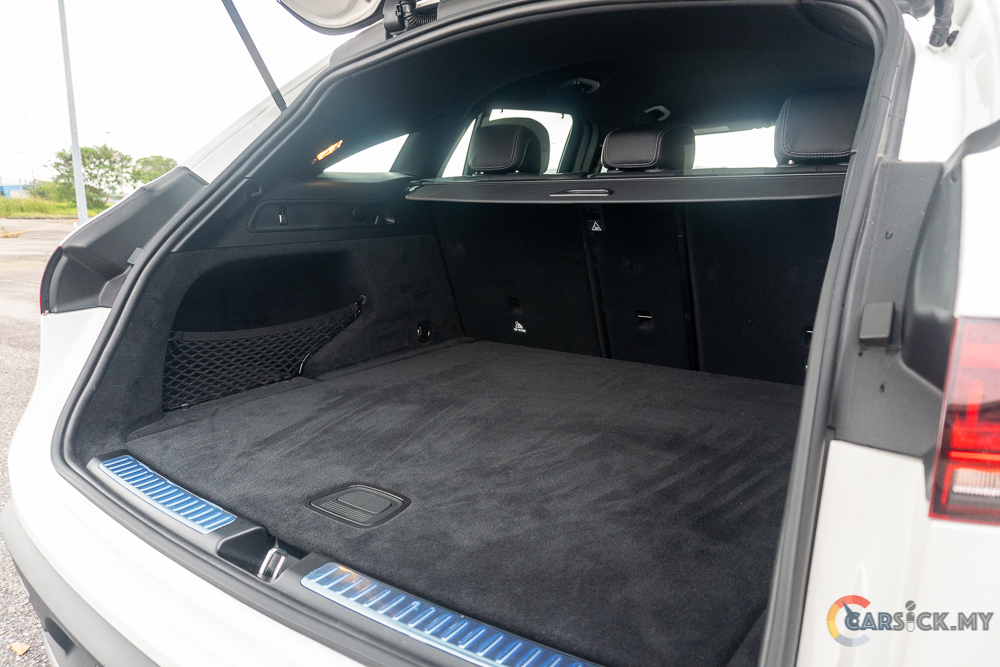
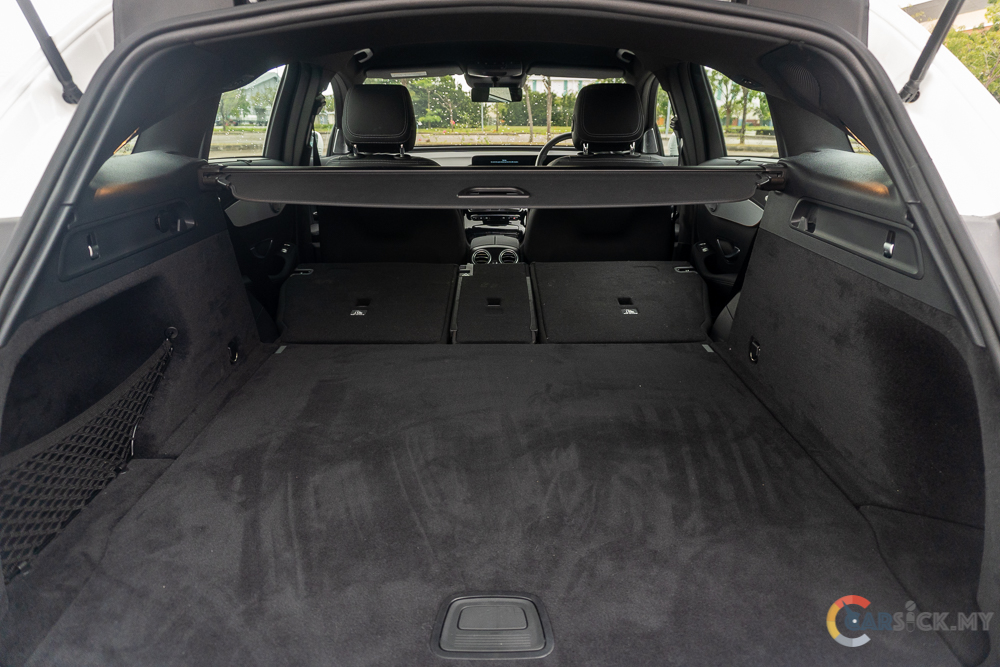
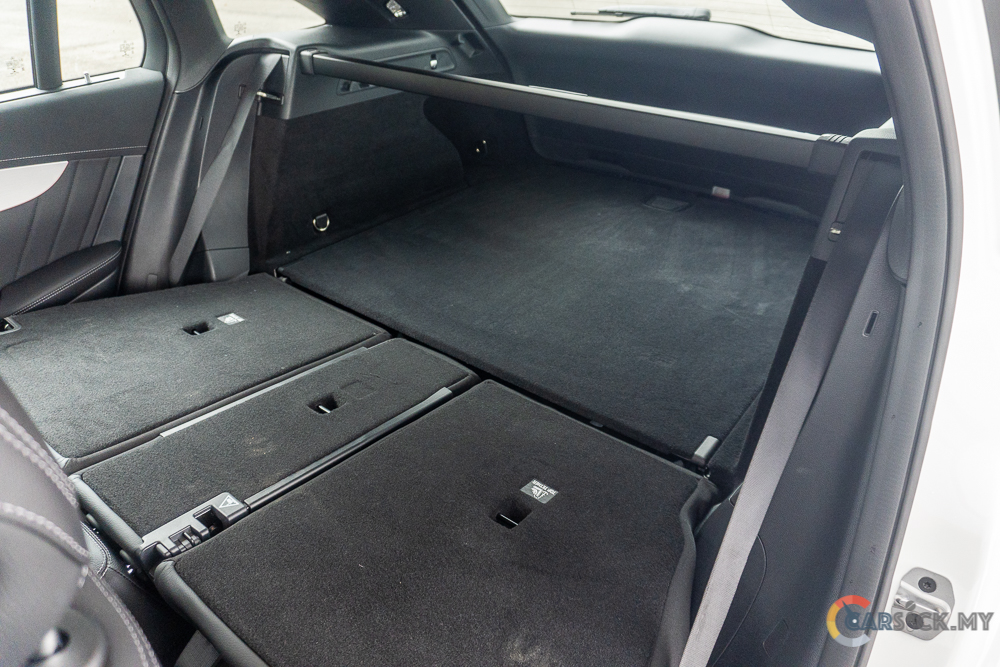
To get the EQC going, it uses 2 electric motors located on each the front and rear axle. These motors are powered by an 80kWh battery, which can provide an estimated range of 437 km. The power train of the EQC boasts impressive figures, with a total output of 408 horsepower and 760 Nm of torque. This car can go from 0 to 100 km/h in just 5.1 seconds and has a top speed of 180 km/h. 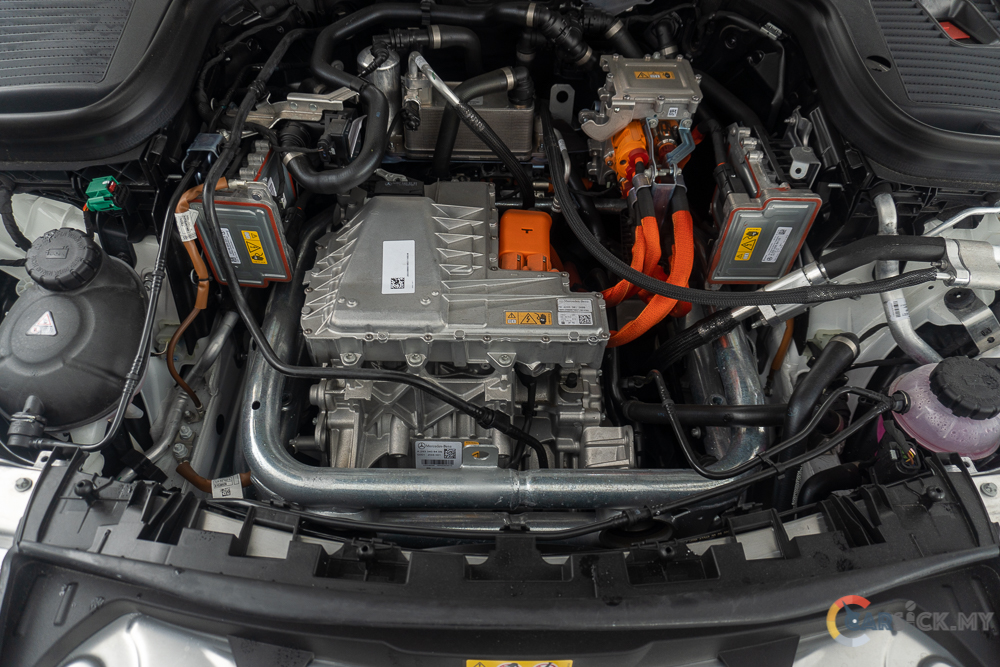
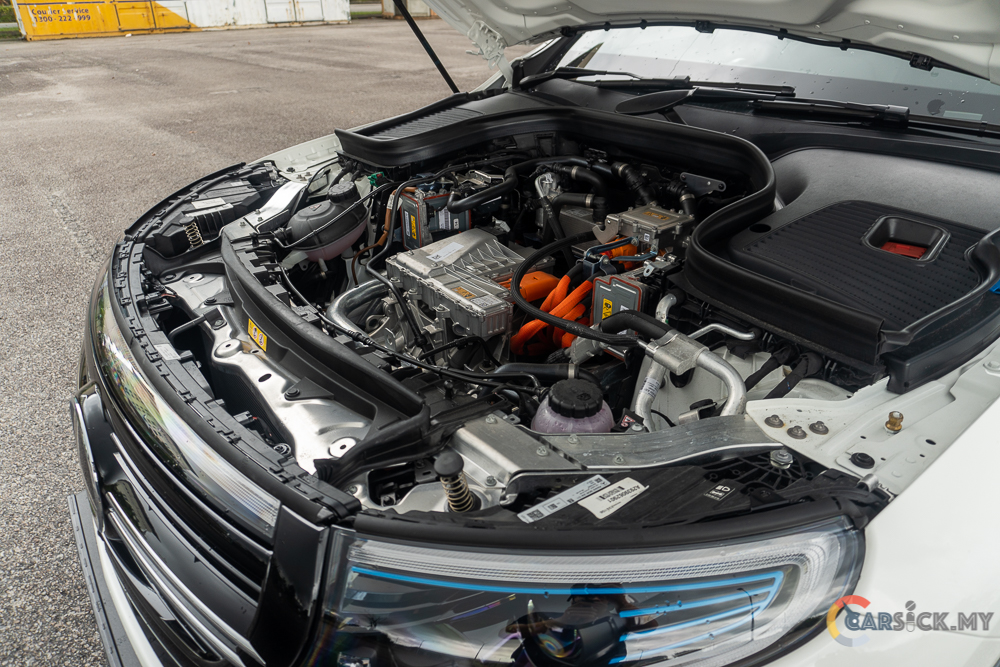
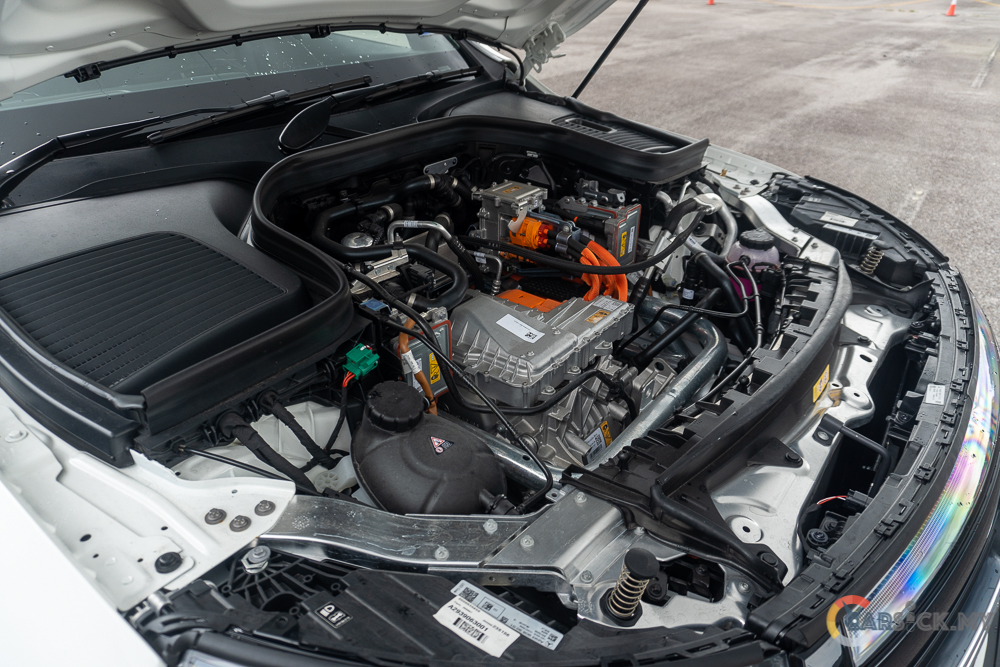
Once you tap into the 408 horsepower and 760 Nm torque, you’ll easily exceed the national speed limit. However, compared to the C40, the EQC’s battery capacity utilization is not very efficient. Despite driving this electric SUV around, power efficiency hardly drops below 25kW/100km, resulting in a high consumption of electricity just to get the SUV going. Displaying the range only exacerbates my range anxiety while driving the EQC. I would much prefer the battery percentage display used in the C40.
Regarding charging, I managed to see a maximum charging speed of 69kW at a 120kW charging station. When fully charged, I anticipate a range of approximately 330 km, which is adequate for the majority of individuals. Personally, I would desire a greater range on a full charge because Malaysia lacks sufficient charging facilities to accommodate the growing number of electric vehicles on its roads. If you plan to travel long distances, meticulous planning is necessary. 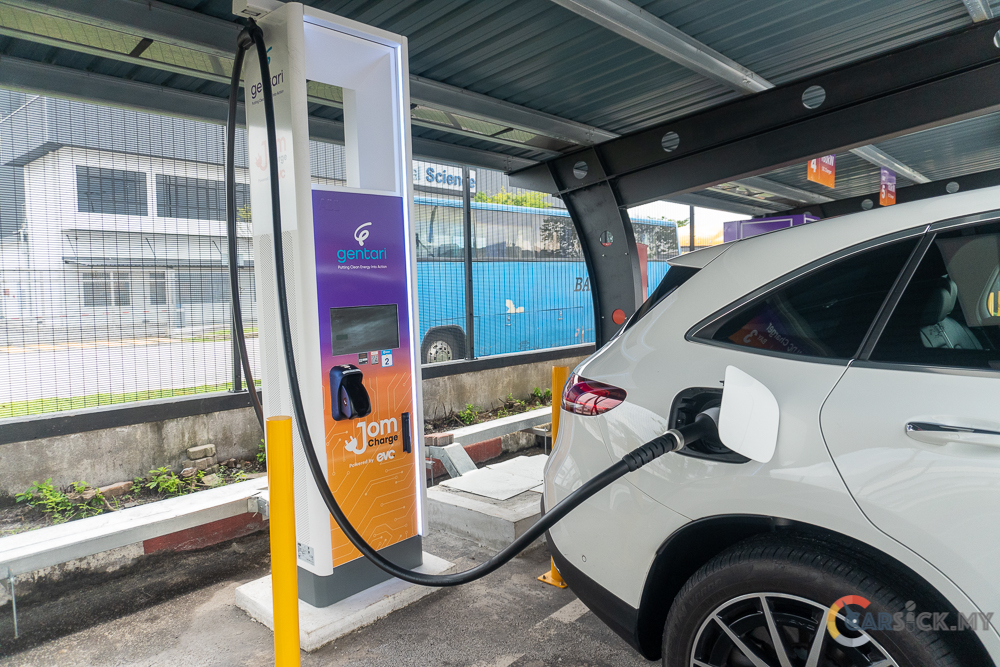
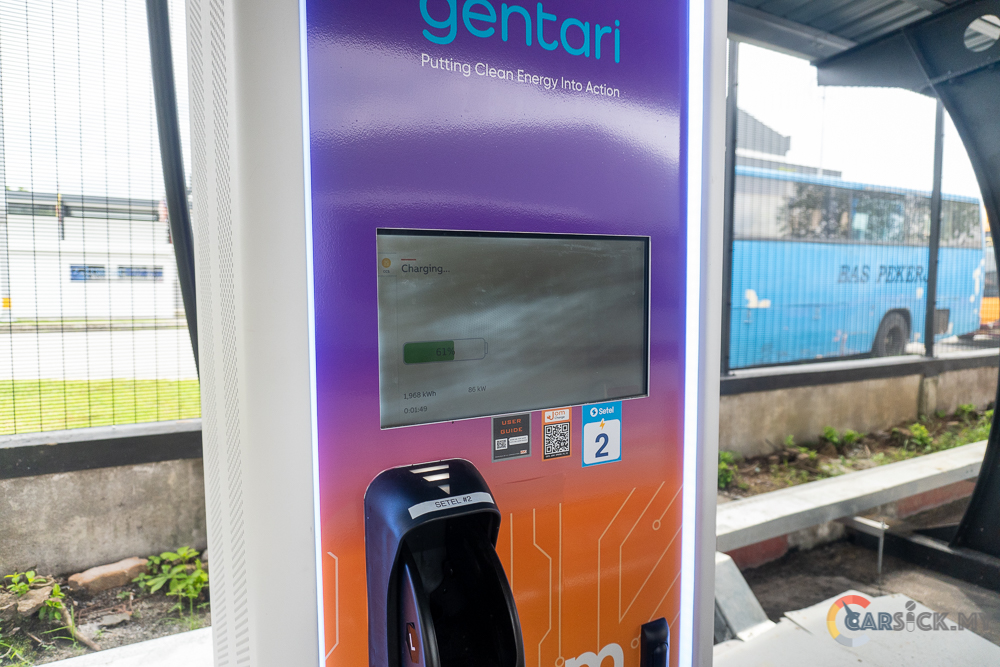
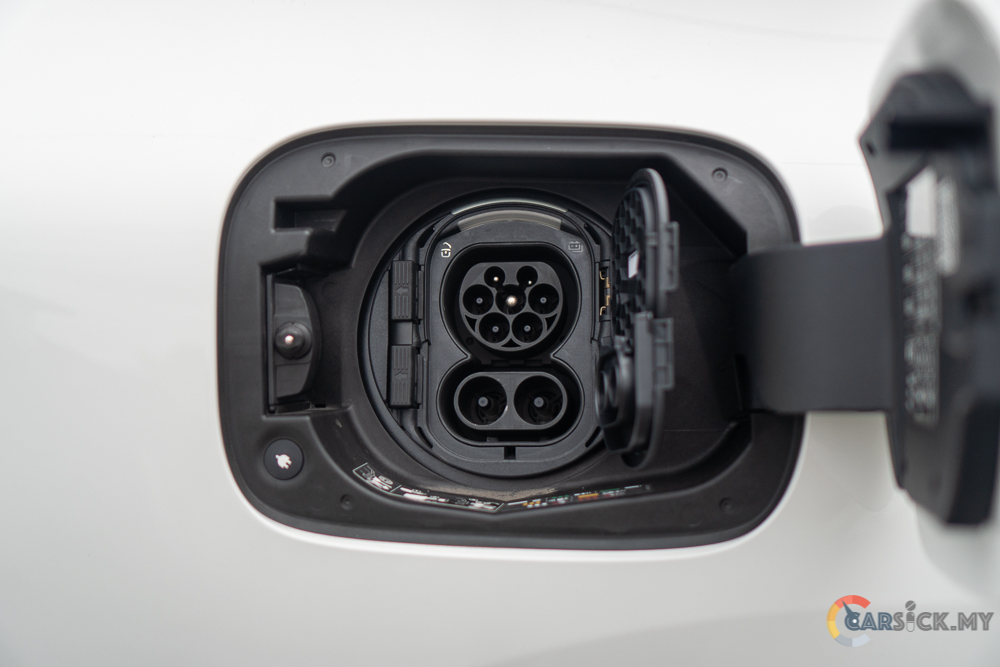
The EQC impressed with its exceptional ride and handling, a feat largely owed to its lower roofline which results in a lower center of gravity. This design also ensures that the vehicle’s heavy weight is situated at the bottom, offering remarkable balance. Even when tackling corners at high speeds, the EQC maintains a flat and stable position, supported by its 4matic all-wheel-drive system. The vehicle’s ability to absorb bumps and navigate uneven roads is also noteworthy, although it may bottom out when encountering taller obstacles, attributable to its shorter suspension travel. 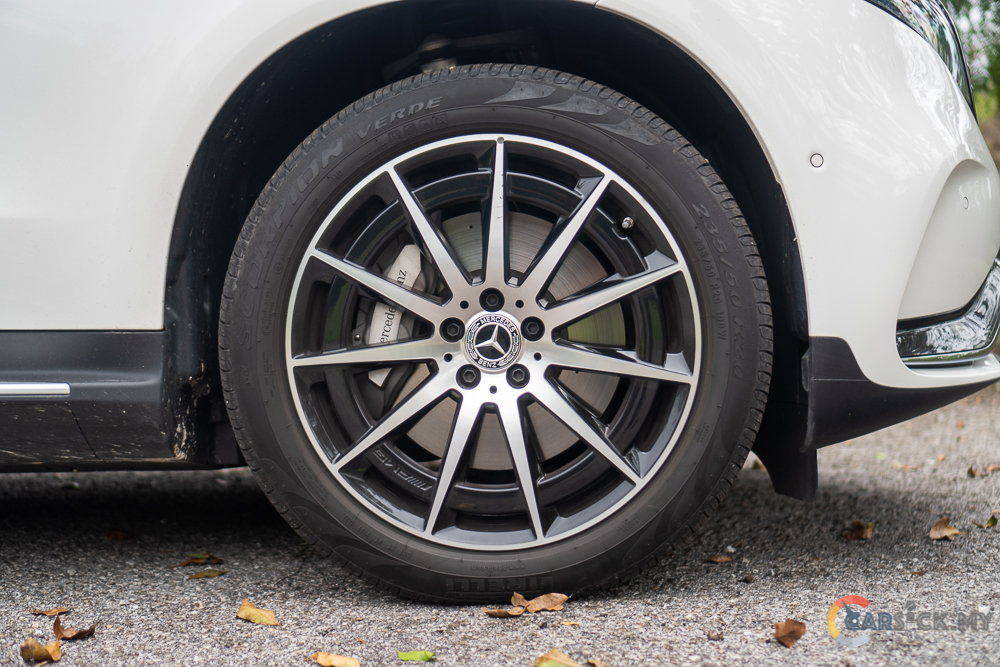
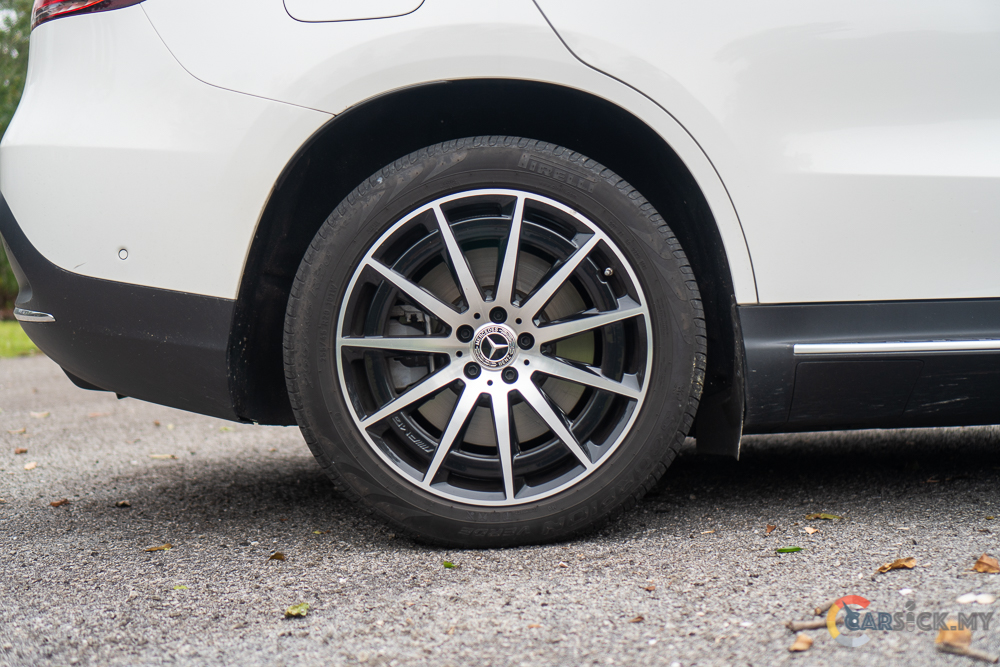
Despite the fact that the EQC doesn’t have a feature that can bring the SUV to a complete stop, I’ve come to realize that this is actually a positive aspect after spending more time with it. With its regenerative braking, the EQC can efficiently maintain its speed without drastically slowing down and then speeding up again. It’s clear that there’s still much to learn about electric vehicles. Additionally, the EQC comes with a complete level 2 driver assistance package, which includes several safety and driver assistance systems such as Active Distance Assist DISTRONIC, PRE-SAFE® system, Active Steering Assist, Extended automatic Re-start in traffic jams, and Adaptive Highbeam Assist Plus. 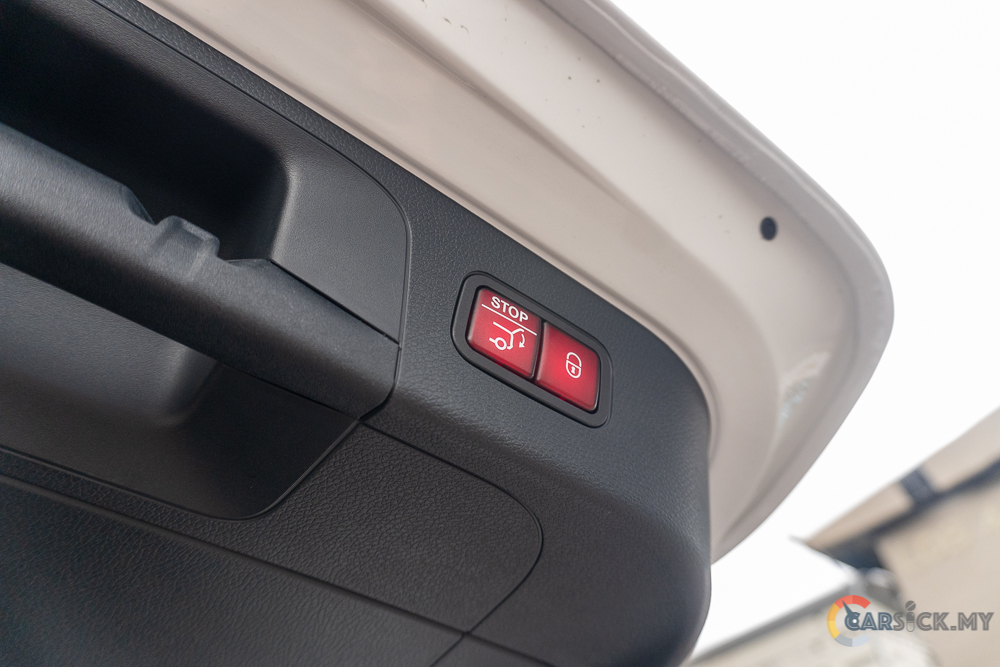
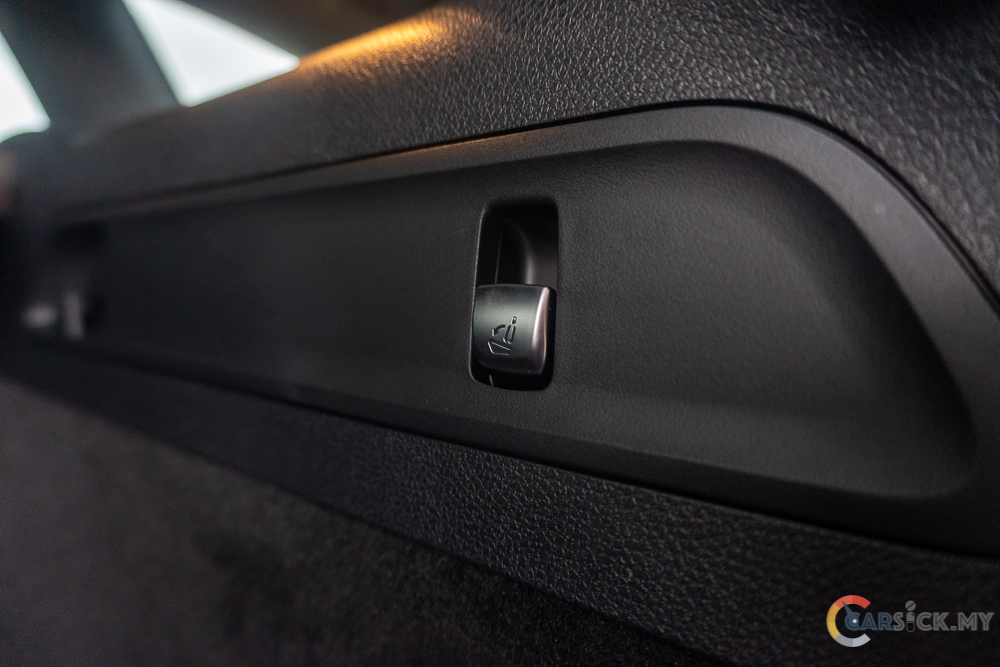
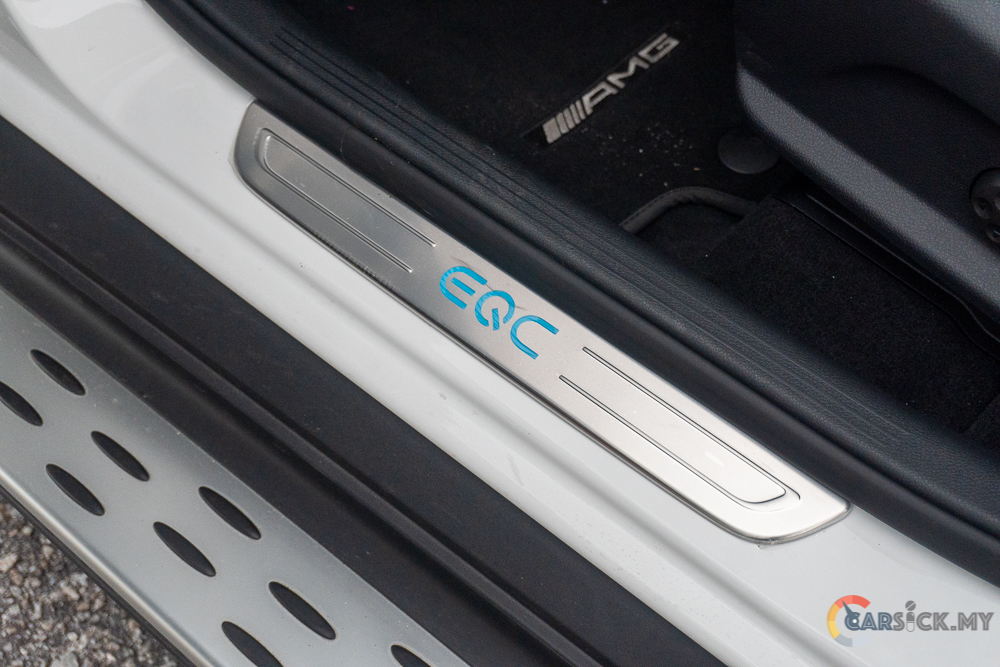
With a price tag of RM388,888, the EQC seems expensive considering the newer EQE is available at an additional cost of RM30,000. However, as Mercedes Benz’s first foray into the mass market electric vehicle sector, the EQC is a comprehensive product. Nevertheless, the EQC may face the same fate as the GLC since the latter is due for a replacement. Currently, the EQC finds itself in an awkward position as newer EQ models from the Mercedes Benz stable are stealing its limelight. Nevertheless, if you are seeking a mid-sized SUV that can accommodate a family of five, the EQC remains a viable option.
Check out full photo album here.
